
Algae—the nemesis of the fishtank! While goldfish can occasionally snack on it, they won’t win any awards for algae control. If you're tired of peering through algae-covered glass to admire your aquatic friends, it's time to consider introducing some dedicated algae-eaters that can peacefully share a tank with goldfish.
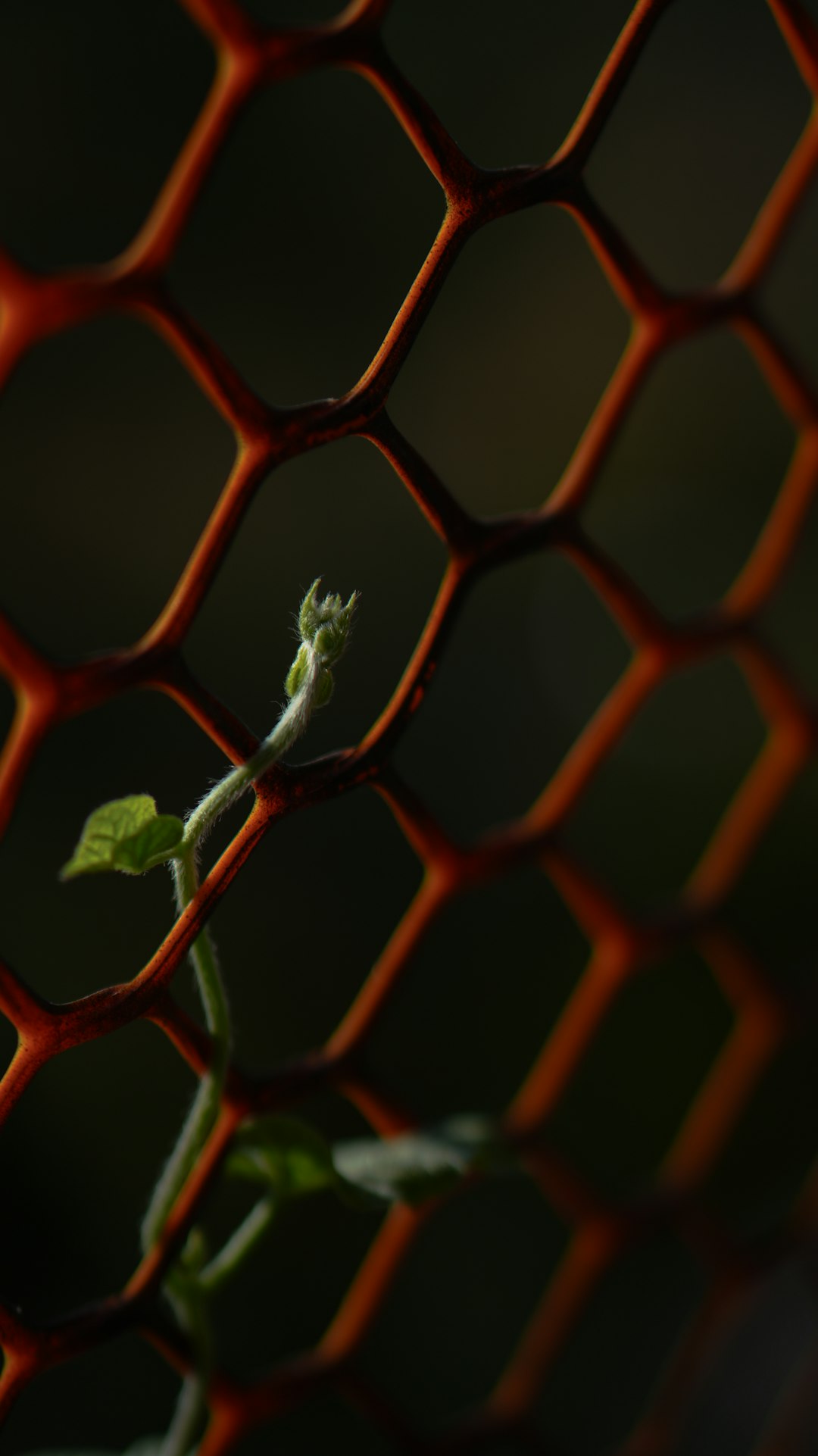
Hillstream loaches might just be the best-kept secret of the fish-keeping world! With their miniature stingray appearance and ability to cling to glass, they’re uniquely suited for life with goldfish. They love cooler waters—perfect for goldfish—and feast on algae and leftover food, making them ideal partners in keeping the tank clean.
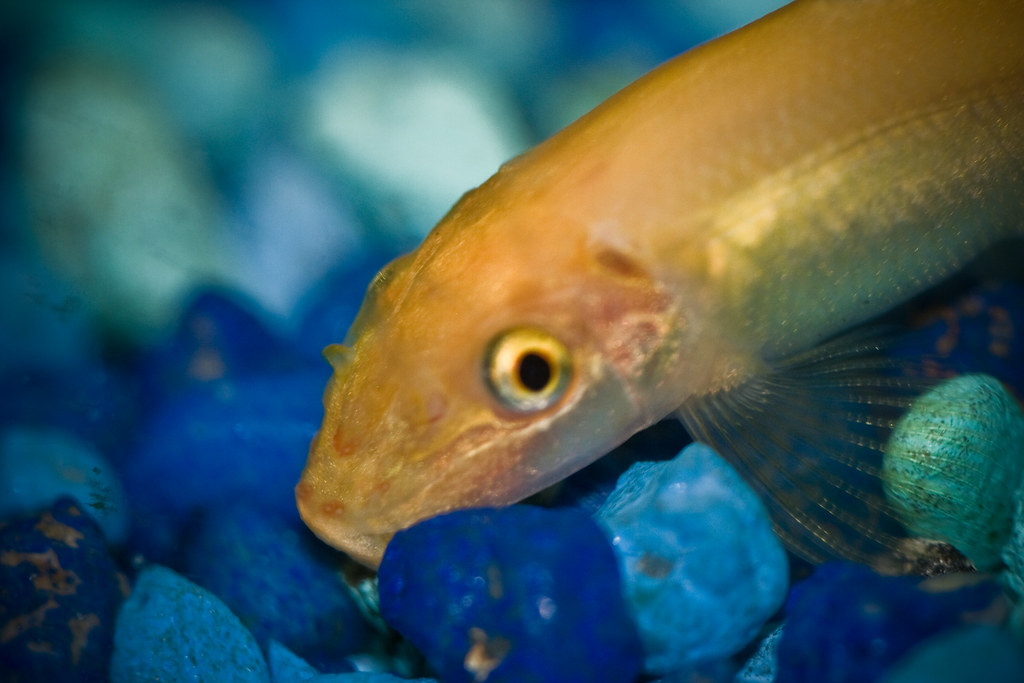
Plecos are legendary algae eaters, but not all are suitable for goldfish tanks. Enter, the bristlenose and rubbernose plecos. While larger plecos might eye your goldfish as a midnight snack, these two are content munching on algae, driftwood, and even special sinking foods. They come with a bonus: they're nocturnal, so feed them after lights-off and they will steer clear of your goldfish buddies. Need an idea of what to expect as they grow? Read about the growth of golden algae eaters to explore how size might affect compatibility.
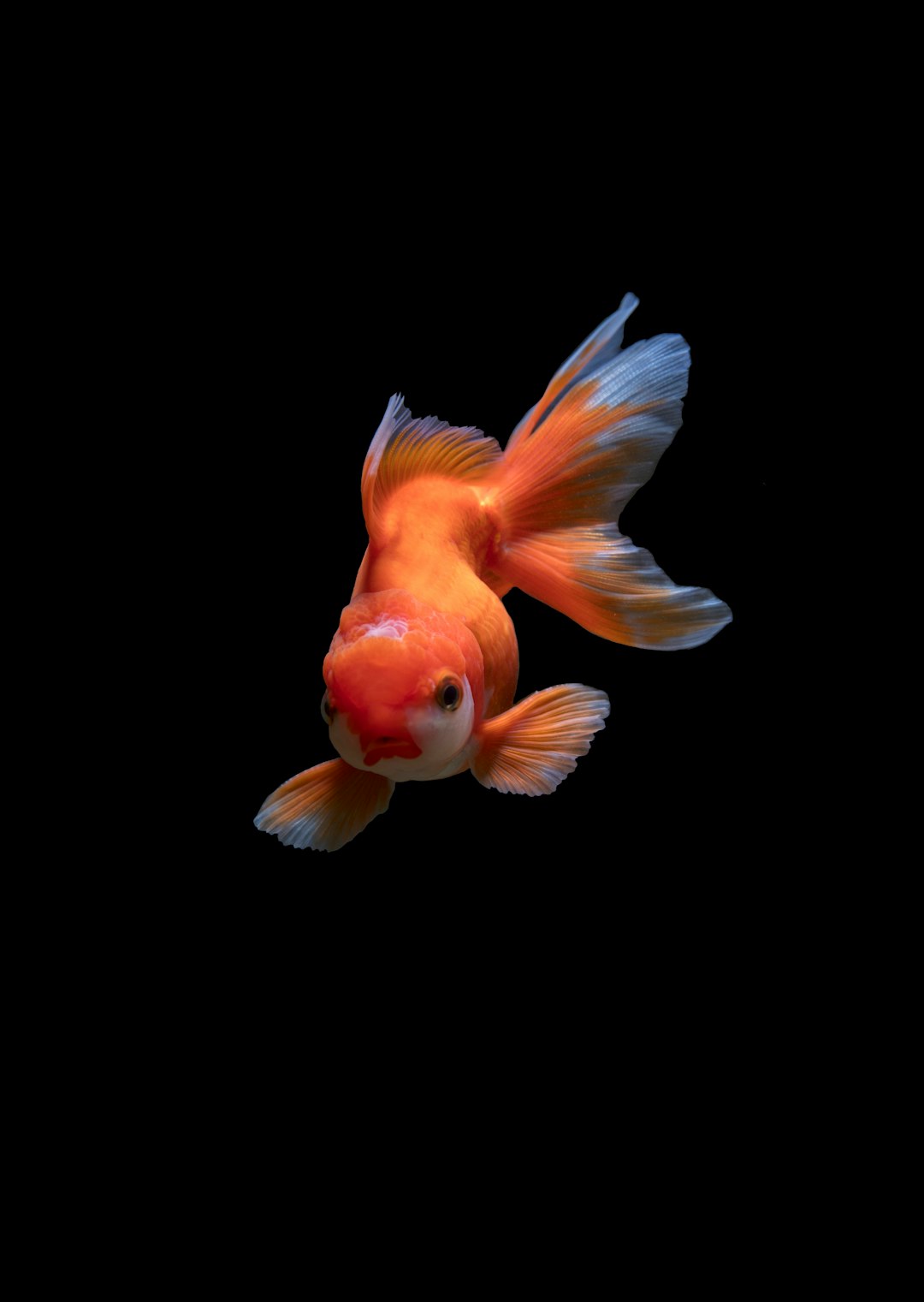
Say hello to the dojo loach, a goldfish-safe algae-eater that thrives in colder waters and doesn’t just eat algae—it's a full-time forager. This loach loves a varied diet and turns your aquarium into a continuously self-maintaining unit, as long as you add food they find delicious. For more insights into loaches and algae habits, check out this expert guide: Do Loaches Eat Algae.
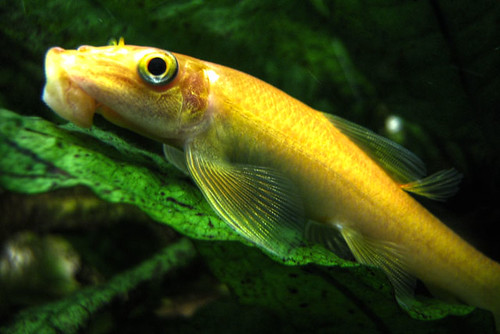
Finding tank mates for goldfish isn't just about what they eat; it's about compatibility. Here’s what to remember:
| Species | Ideal Water Temperature | Goldfish-Compatible |
|---|---|---|
| Hillstream Loach | 50-70°F | Yes |
| Bristlenose Pleco | 60-74°F | Generally Yes |
| Rubbernose Pleco | 60-74°F | Generally Yes |
| Dojo Loach | 50-68°F | Yes |

Relying solely on fish is a bit like expecting one vacuum to keep a mansion tidy. Consider complementing your algae battle crew with:
For cooler setups, explore cold water algae eaters that thrive alongside goldfish. If you're stocking with variety, don’t miss this helpful list of top 15 cold water aquarium fish to enhance your tank environment.
Wondering about alternative algae eaters? Ever considered snails? For effective coverage, learn how many nerite snails per gallon can really help in maintaining a pristine aquarium space.
If you're curious to explore more options and get a broad overview of compatible algae-eating species, consult this comprehensive resource on algae eaters.
So, which algae-eater are you adding to your tank? Share your thoughts or photos in the comments—we’d love to see how your underwater community is thriving!

Keep your aquarium clear and your fish thriving with API Algae Eater Wafers. Designed for bottom-feeders, these wafers provide optimal protein for healthy growth and a balanced diet. Enhance water quality as fish produce less ammonia, promoting a clean and enjoyable environment for all aquatic life. Perfect for algae eaters, plecos, and other bottom-dwelling fish. Enjoy the peace of mind that comes with nurturing your underwater ecosystem.
It is generally not advised to keep algae eater fish with goldfish. Goldfish are cold-water fish and can eat tank mates that fit in their mouths, potentially including algae eaters. Additionally, goldfish and algae eaters may compete for food, leading to stress and health issues.
To control algae in a goldfish tank, focus on maintaining proper tank hygiene. This includes regular water changes, avoiding overfeeding, keeping the tank out of direct sunlight, and using a high-quality filtration system to reduce excess nutrients that promote algae growth.
No, cherry shrimp are not suitable tank mates for goldfish. Goldfish will likely see cherry shrimp as food and may eat them. It's important to carefully research tank companions to ensure compatibility and safety for all inhabitants.
Yes, goldfish may eat algae naturally as part of their diet. However, they cannot effectively control algae growth on their own. Proper tank maintenance and balanced feeding are essential for managing algae in a goldfish aquarium.
Plecos are not ideal tank mates for goldfish. While they can eat algae, plecos are typically warm-water fish and may become aggressive or outcompete goldfish for food. Always choose tank companions with similar requirements for the best results.
We hope you're feeling inspired to create a harmonious community in your aquarium with the delightful addition of algae eater fish alongside your goldfish. There's always more to learn about maintaining a vibrant, healthy tank, and we love sharing all the tips and tricks with fellow fish enthusiasts. For even more ideas and inspiring underwater scenes, don't forget to follow us on Pinterest where we pin stunning aquarium setups. Dive into our daily snapshots of aquatic life on Instagram and keep the conversation flowing on X (formerly Twitter). If you'd love to join a community of fish lovers, swim over to our Facebook page, where you can share your experiences and photos. We'd love to see you there and hear about your own fishtank adventures!
Are your fish swimming awkwardly or perhaps even upside down? They might be suffering from swim bladder disease—a condition that affects the organ responsible for maintaining a fish's buoyancy. The good news is, there’s a surprisingly simple fix: feeding them peas. Let's dive deeper into how peas can help and what you need to know to effectively use them as part of your fish care routine.
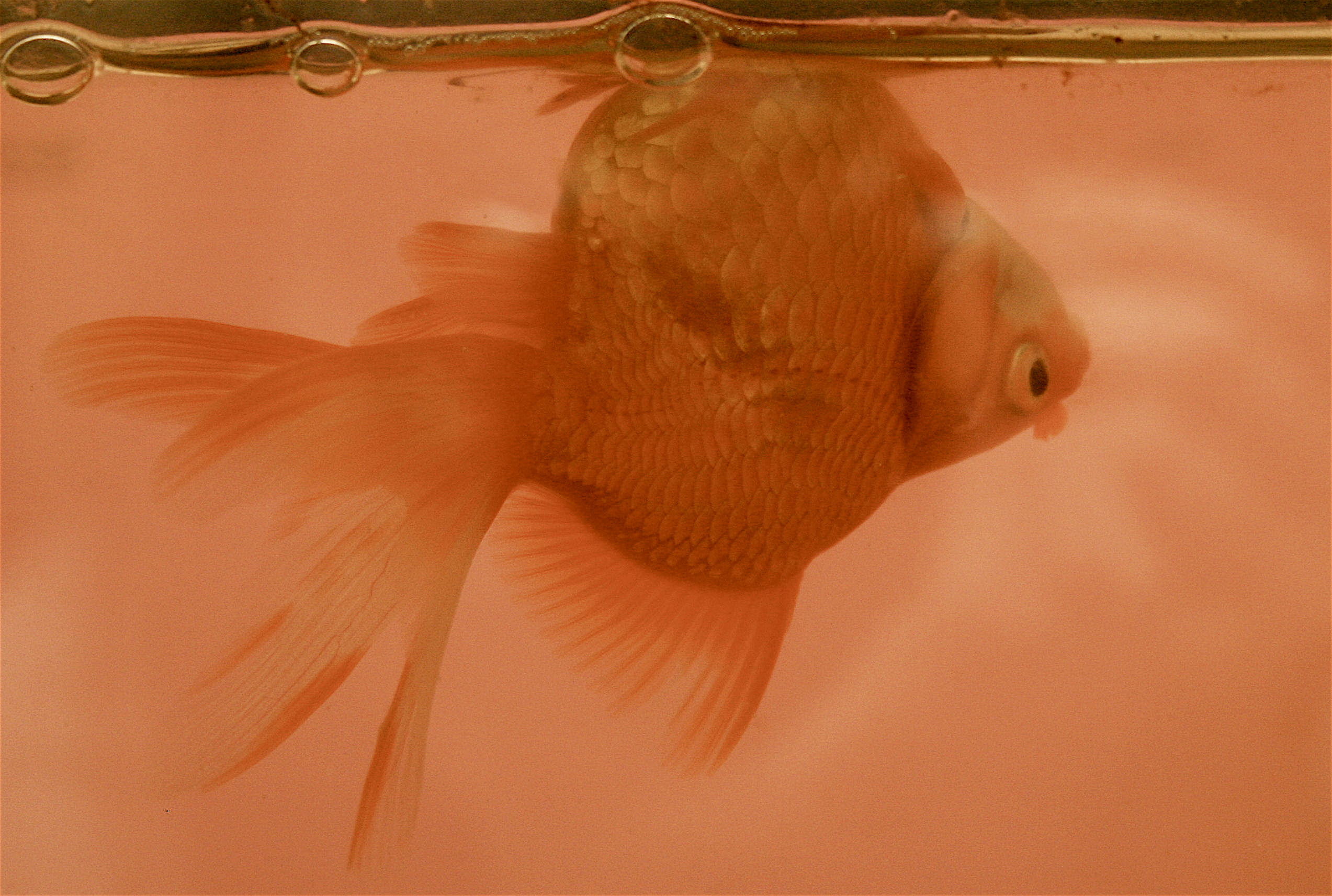
Swim bladder disease can often arise from dietary issues, such as poor digestion caused by rapid eating, overeating, or consuming inappropriate food types. Floating flakes, in particular, are notorious for causing fish to gulp air which can lead to swim bladder problems. Maintaining proper tank conditions and feeding practices is crucial for prevention. For more insight on the organ itself, visit the swim bladder Wikipedia page to understand its role and how it functions within your fish's body.
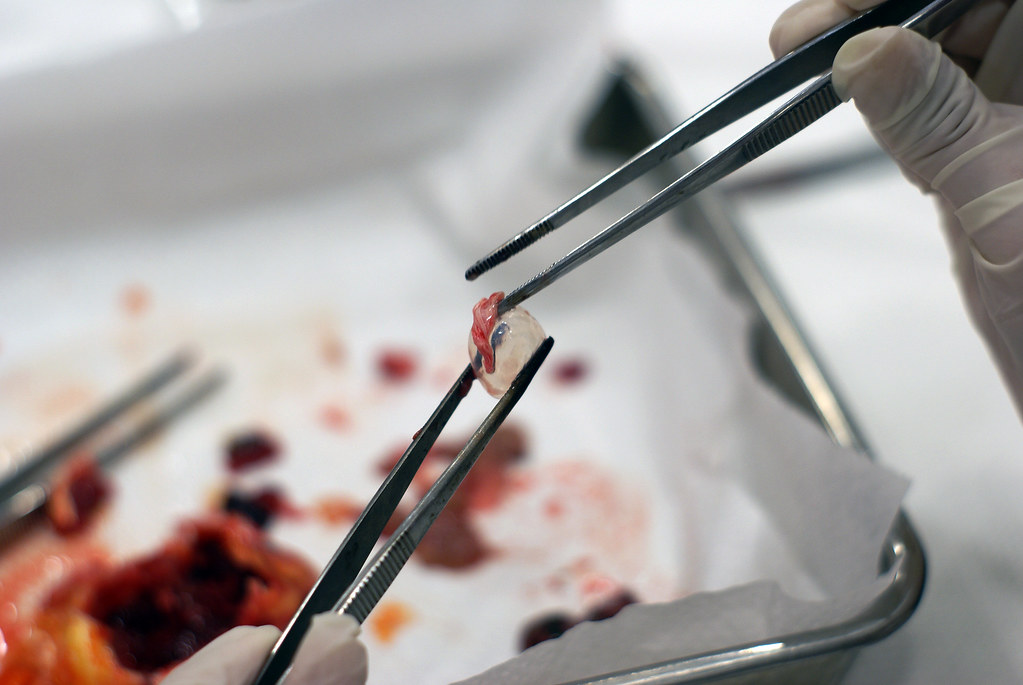
When treating fish for swim bladder issues, peas are more than just a garden variety vegetable—they double as a form of relief for our piscine friends. Here is the step-by-step guide to using peas effectively:

| Day | Action | Notes |
|---|---|---|
| 1-3 | Fasting | No food to allow digestion reset |
| 4 | Introduce Peas | Use cooked, skinned peas |
| 5 onwards | Mixed feeding | Include peas regularly |

Encouraging your fish to eat peas can be challenging, especially if they are not used to it. If your betta fish is not eating, there are several expert tips you can try to stimulate their appetite and help them transition to this therapeutic diet.
- Try feeding peas during the normal feeding time to associate peas with routine.
- Consider feeding peas in a separate, temporary tank if you have multiple fish, to focus on those needing treatment.
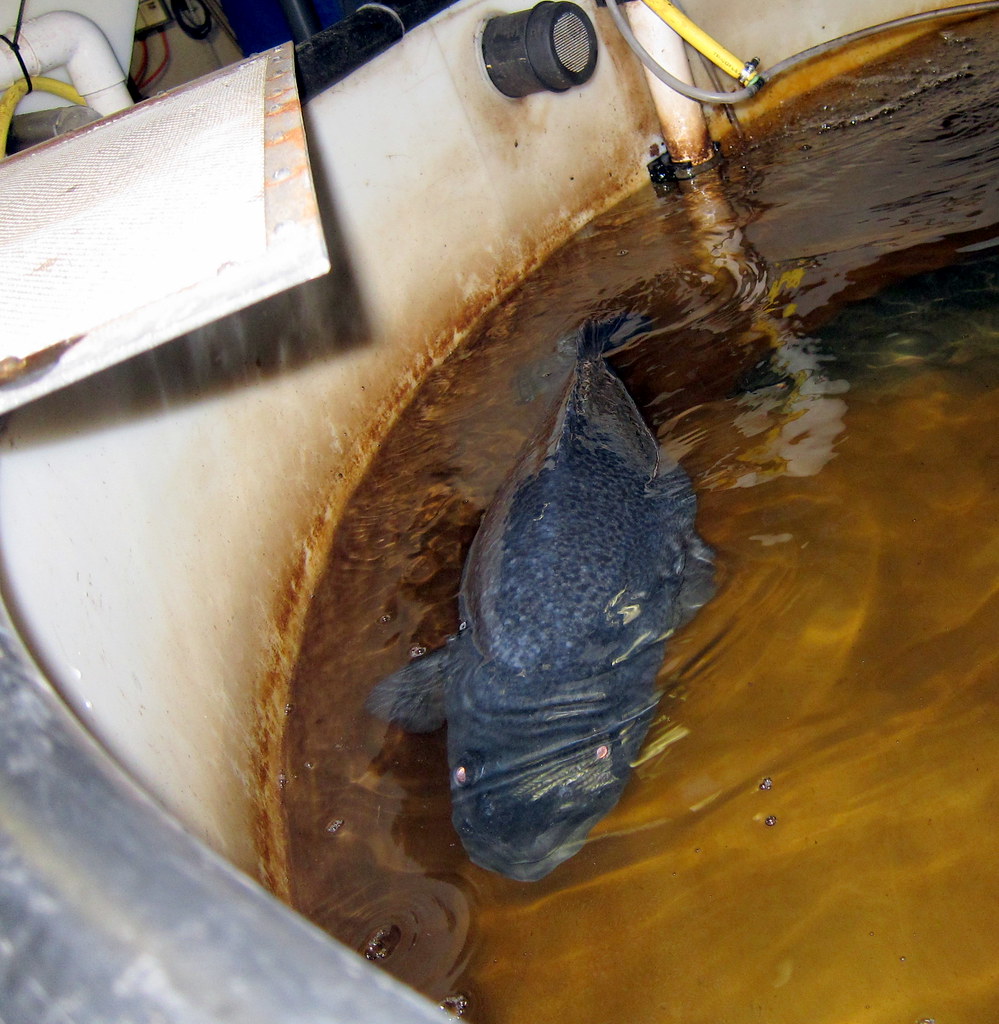
Prevention still reigns supreme when it comes to swim bladder disease. Regular water changes and maintaining clean tank conditions are essential. Feeding high-quality, species-appropriate foods, soaking dried foods before feeding, and opting for sinking foods over floating types can significantly reduce the risk of this ailment. For goldfish in particular, knowing the best time to feed goldfish can reduce overfeeding and improve digestion.
Additionally, it's important to understand what to feed goldfish to ensure a balanced diet that supports overall health and buoyancy. Including occasional peas alongside other recommended foods can be an effective preventive measure.
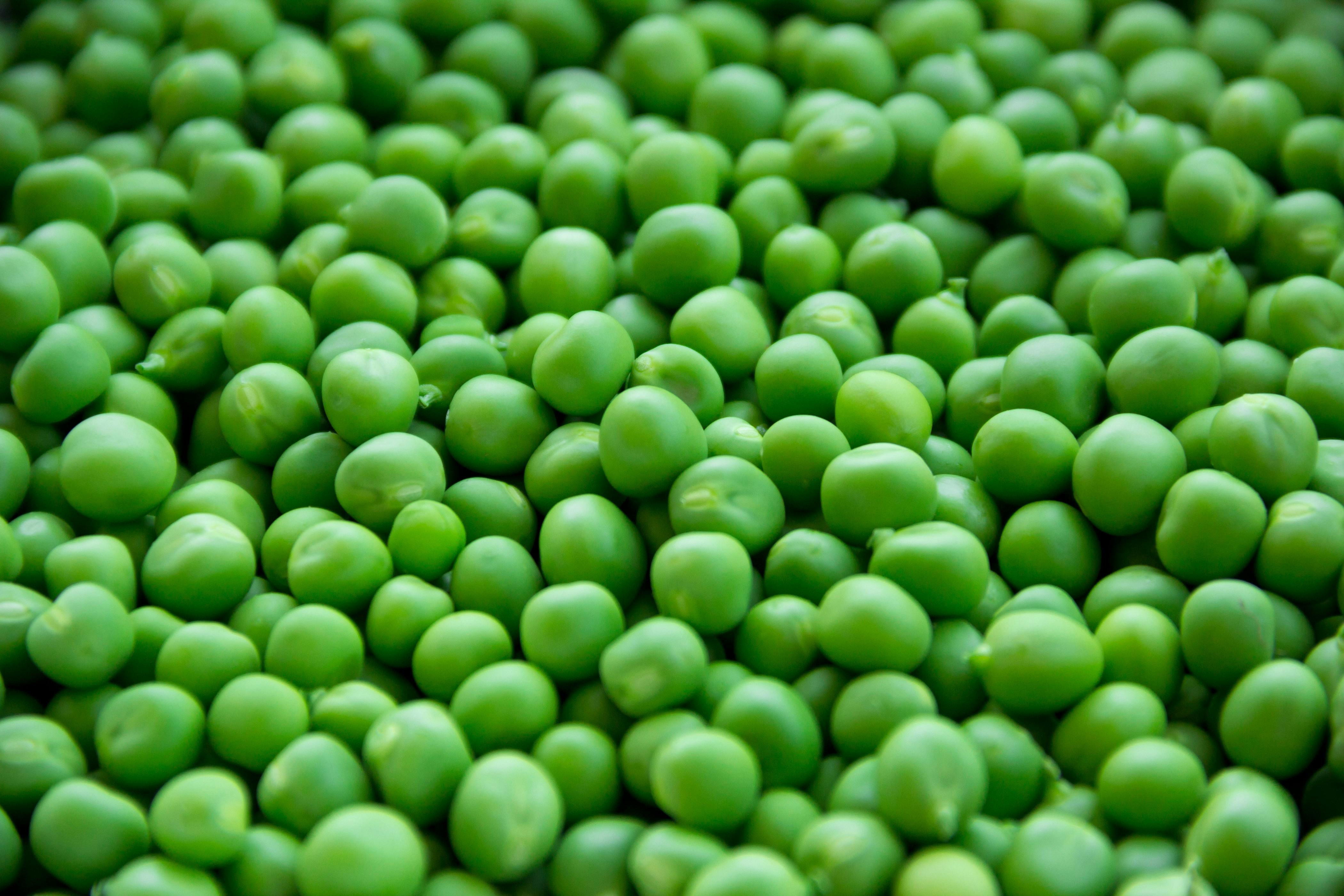
Is your fish still reluctant to go green with their diet, or have you found peas to be a miracle treatment? Share your experiences and questions in the comments! Together, we can form a community that's not just feeding fish but nurturing healthier aquariums.
Yes, feeding peas can help fish with swim bladder disorder. Canned peas with the shell removed are recommended. They act as a natural laxative, helping alleviate constipation that often triggers swim bladder issues. Feed 1 pea per every 2 fish twice daily for about 14 days, ensuring to clean out uneaten portions to maintain water quality.
To prepare peas for feeding fish, blanch or boil frozen or fresh peas until soft. Remove the outer shell or husk as fish cannot digest it. Break the pea into small pieces sized appropriately for your fish, ensuring each piece can be swallowed easily.
Swim bladder disorders in fish can arise from overfeeding, constipation, infections, or physical deformities. Issues with diet, such as consuming floating or dry pellets that expand in the stomach, are common causes. Addressing these root causes with proper food like peas can help alleviate the problem.
Peas can be a healthy occasional treat or used as part of a balanced diet but should not replace a complete nutritional fish food. Use sparingly and ensure your fish also receive other necessary nutrients from diverse food sources.
Aside from feeding peas, maintain clean water conditions and temporarily avoid feeding for 24-48 hours to help the fish recover. If the issue persists, try lowering the water level to reduce swimming strain and consult a professional if necessary.
Don't let your finned friends swim out of harmony! By adding peas to their diet, you're not just aiding their swim bladder but also enhancing their overall health. We believe every pet owner should have access to simple solutions like this, and if you feel the same, we'd love to stay connected. Dive into our world of fish care on Pinterest and discover a sea of ideas to keep your aquatic pals happy. For daily doses of inspiration, join us on Instagram, and feel free to share your own fishy stories with us over on X (formerly Twitter). You can also catch up with our community on Facebook. Let’s continue this under-the-sea adventure together!

Ever wondered what it takes to keep pygmy corys happy and well-fed in your aquarium? It turns out they have a few favorite foods and some particular dining habits that can make feeding time a bit of a challenge—but manageable with the right strategy.
Feeding Habits of Pygmy Corys
Pygmy corys aren't like your average catfish that gnaw at algae and devour pellets indiscriminately. These little guys prefer to graze, almost like tiny underwater cows, nosing around the tank floor and plant surfaces with their specialized mouths. Given their downturned mouths, they do best with foods that sink to the bottom, fitting their grazing style. For more insight into their dietary needs, check out this helpful guide on optimal feeding practices for pygmy corydoras.
Top Picks for Pygmy Cory Diets
For the well-being of your pygmy corys, consider spicing up their diet with a premium selection of foods:
- **Frozen Foods**: Delicate frozen gems like daphnia, cyclops, and baby brine shrimp hit the size sweet spot for these petite eaters.
- **Dry Foods**: Nano pellets and freeze-dried tubifex worms are fantastic options, as are smaller-sized sinking wafers.
- **Gel Foods**: They tend to have a hearty attraction to Repashy gel foods, eagerly nibbling away when these are added to their environment.
- **Commercial Granulates**: Brands like Dennerle NanoGran offer granules perfectly sized for pygmy mouths (0.3-0.4mm), providing essential nutrients in a punky punch. Another excellent choice is Fluval Bottom Feeder Granules, formulated specifically for small bottom dwellers like pygmy corys.
| Food Type | Description | Feeding Tips |
|---|---|---|
| Frozen Foods | Daphnia, cyclops, brine shrimp | Ensure they're thawed and sink to the bottom |
| Dry Foods | Nano pellets, tubifex worm | Crush or choose small-size options |
| Gel Foods | Repashy, sinking wafers | Break into small chunks |
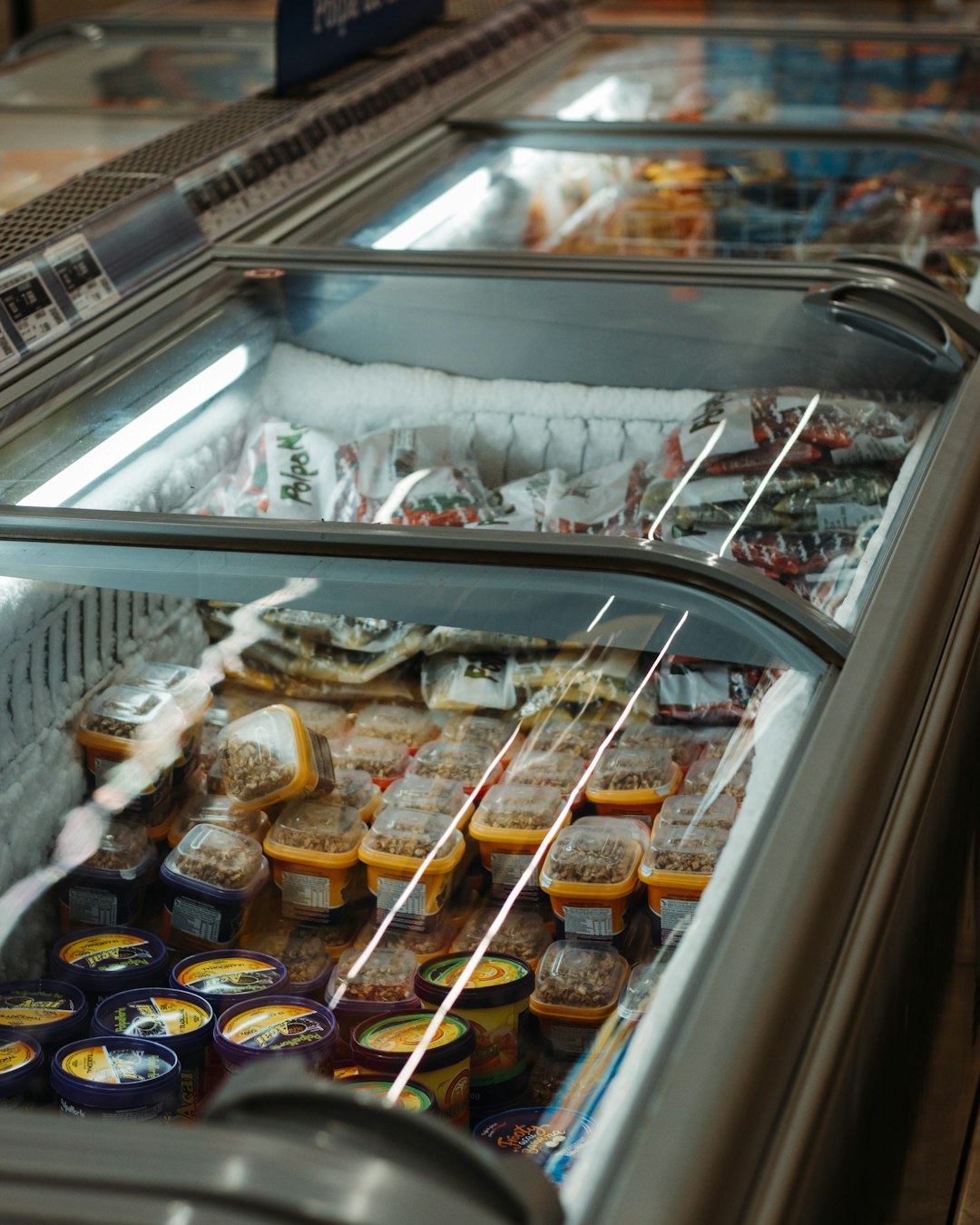
Understanding Their Feeding Behavior
Pygmy corys are mild-mannered at meal times. They're small and often lose out to speedier, more aggressive fish on the hunt for food. As a result, it's crucial to devise a feeding plan that ensures they get their fair share. Spread their food throughout the tank, giving them a chance to find it without being outcompeted. Breaking down larger food particles or using food designed for more direct sinking—such as Aqueon Shrimp Pellets—can accommodate their style and keep them content and nourished.
Catering to Their Diverse Tastes
The key to a pygmy cory’s heart (and stomach) is variety. They aren't fond of routine and can become disinterested if the selection is monotonous. Incorporate a mixture of dry, frozen, and gel foods to keep them curious about what might come next and encourage healthy growth and development.
Call to Action
Do you have any tips or tricks for feeding pygmy corys? Maybe a particular food that's become their favorite? Let us know how you keep your aquarium’s ecosystem thriving with these adorable aquatic grazers. Your insight could light up the tank life for someone else, so feel free to comment below!

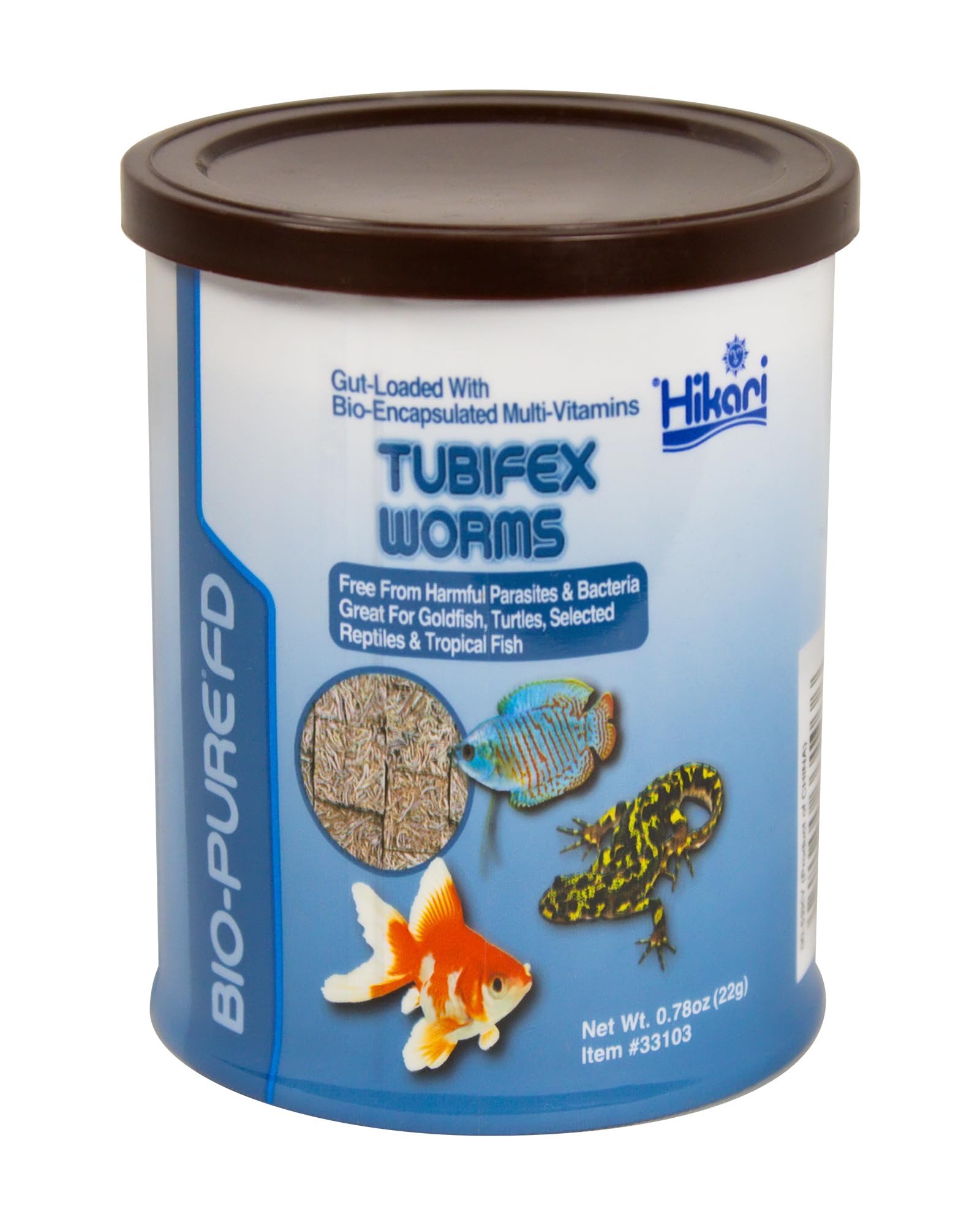
Elevate your aquatic pets' diet with Hikari Bio-Pure FD Tubifex Worms. Gut-loaded with bio-encapsulated multi-vitamins, these worms are free from harmful parasites and bacteria, ensuring maximum safety for your pets. Perfect for goldfish, turtles, selected reptiles, and tropical fish, this high-quality feed supports strong immunity and vibrant colors. Experience superior nutrition that enhances vitality in every aquatic environment.
Pygmy Corydoras primarily eat nano pellets, crushed flakes, and sinking wafers. They also enjoy freeze-dried tubifex worms and Repashy gel food, which often attracts them in swarms. Supplement their diet with occasional treats of frozen or live bloodworms for added nutrition.
Feed your Pygmy Corydoras small amounts 1-2 times a day. They are small fish with a fast metabolism, so overfeeding can lead to health issues. Provide just enough food for them to eat within a few minutes and make sure to avoid uneaten leftovers in the tank.
Live or frozen foods like bloodworms and brine shrimp are excellent treats for Pygmy Corydoras. These high-protein options mimic their natural diet and help promote their health and activity levels. Use treats sparingly alongside their regular diet to maintain balance.
Yes, Pygmy Corydoras can eat algae wafers, especially if they are formulated for bottom-dwelling fish. However, their diet should include more protein-rich options such as nano pellets and live or frozen worms since they are omnivorous by nature.
In a community tank, ensure Pygmy Corydoras have access to food by providing sinking or bottom-dwelling foods since they feed near the substrate. Monitor their behavior to ensure larger or faster tank mates don't outcompete them for food.
If you're as fascinated by the world of pygmy corys and want to ensure you're providing the best care for your aquatic friends, joining our online community is a great way to stay informed and inspired! Follow us on Pinterest for a treasure trove of visually stunning aquarium ideas and on Instagram for a peek into the mesmerizing beauty of aquatic life. For real-time updates and tips, join our conversation on X and stay connected with us on Facebook. We love hearing your stories and seeing photos of your vibrant underwater worlds, so don’t be a stranger—connect with us and let’s embark on this aquatic adventure together!
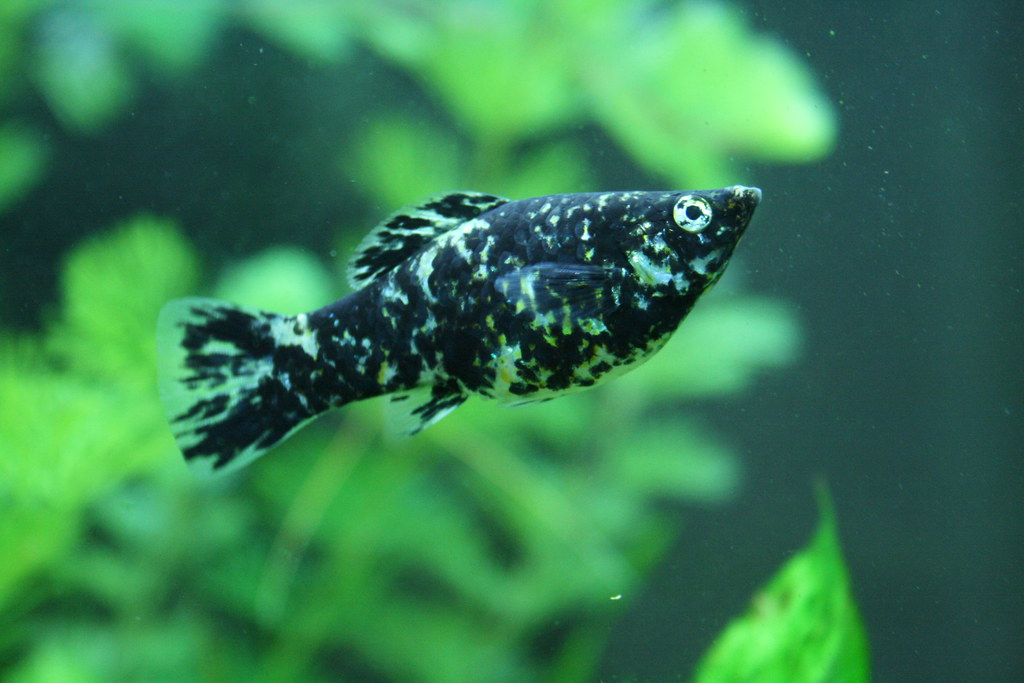
Ever gazed into your fish tank, noticed a particular molly looking a bit rounder than usual, and wondered if it's carrying future finned companions? Pregnant molly fish have distinct characteristics, both in appearance and behavior, signaling the coming of new life. Whether you're a novice aquarist or a seasoned hobbyist, identifying and understanding these signs can enhance your aquatic experience and ensure a stress-free birthing process for your molly.
The most unmistakable sign of a pregnant molly is its noticeably enlarged, C-shaped abdomen. This heavily distended belly is hard to miss and signals that your molly is expecting. One key detail to observe is the gravid spot, a dark patch near the tail, which becomes more pronounced as the pregnancy progresses, typically turning almost black. For black mollies, this spot might not be as visible, but you can still spot other indicators.
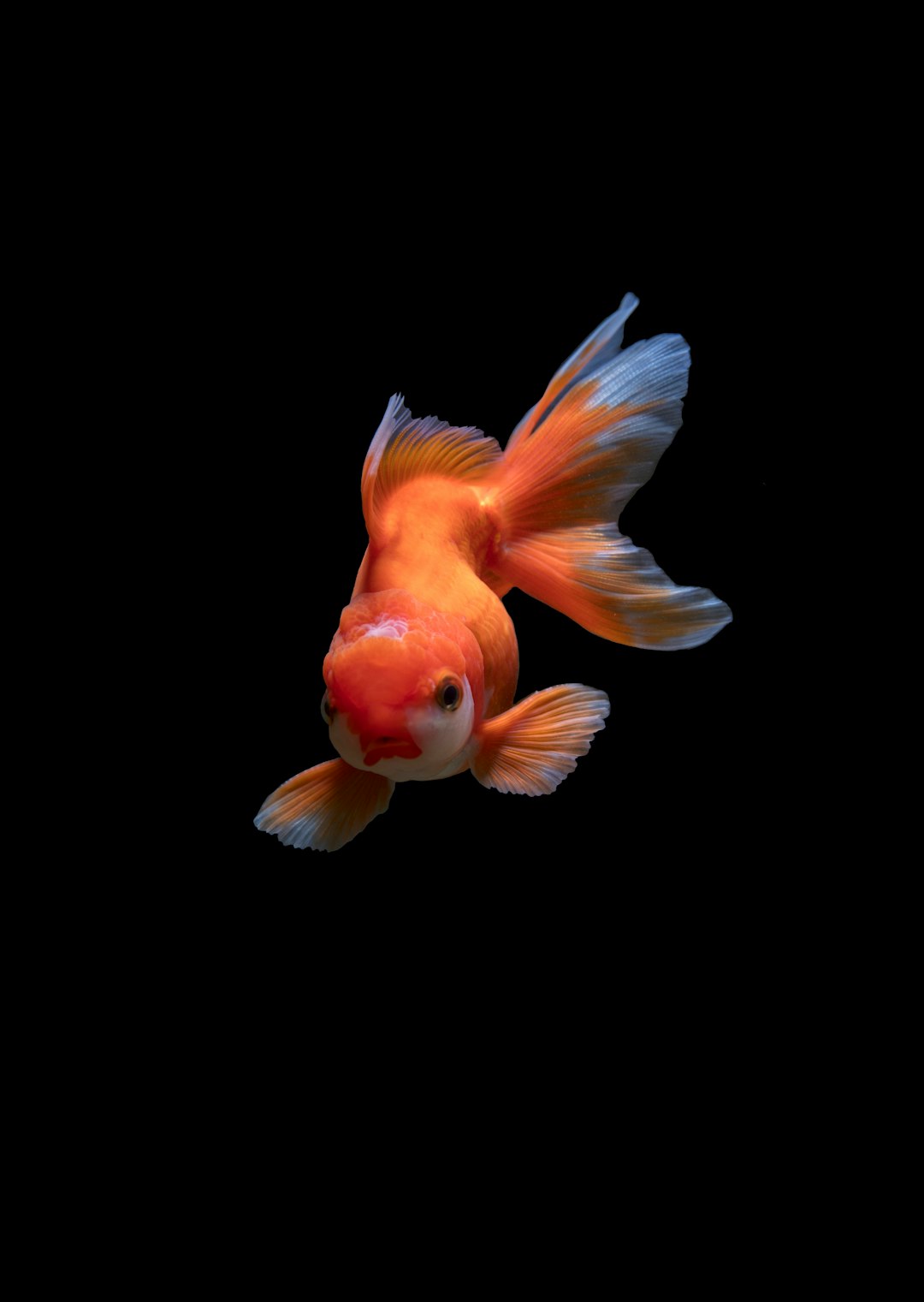
To better understand how to distinguish between a pregnancy and other conditions such as bloating, check out this guide on fish bloat versus pregnancy. Moreover, through the sides of lighter-colored molly fish, you can sometimes see the developing fry inside. Their eyes appear as small black dots, a fascinating sight that underlines the miracle of life happening in your tank.
Scientific observation confirms some of these visual cues. A document from UWI introduces features such as the swollen gravid spot and distended abdomen as reliable indicators of a pregnant molly.
Pregnancy isn't just about physical changes. Behaviorally, expectant molly fish can become more reserved, often seeking out plants or hiding spots for solace and safety, a behavior indicative of their nesting instinct. This “hide and seek” is paired with a defensiveness not typically seen in non-pregnant fish. Should you notice your molly steering clear of other fish or less interested in exploring its tank, these could be signs of its gravid condition.
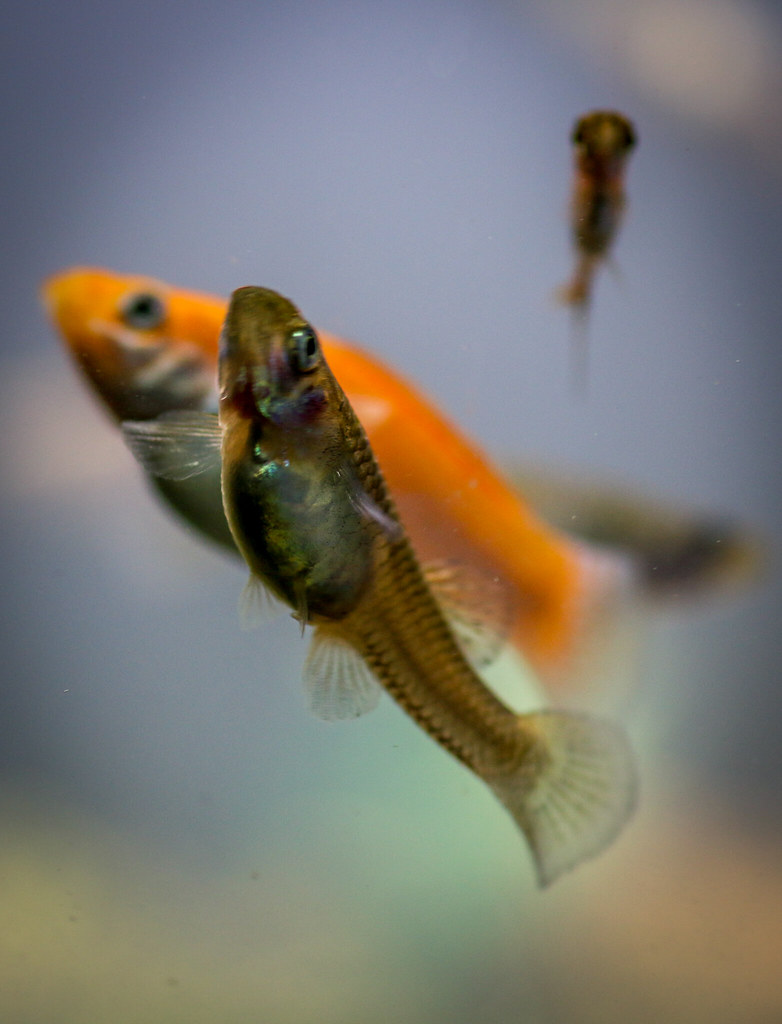
Watch for increased trips to the tank surface, as heightened breathing is another indicator, along with a possible loss of appetite—both common as delivery approaches. Insights on the progression of pregnancy and these behaviors are well detailed in this article about molly fish breeding.
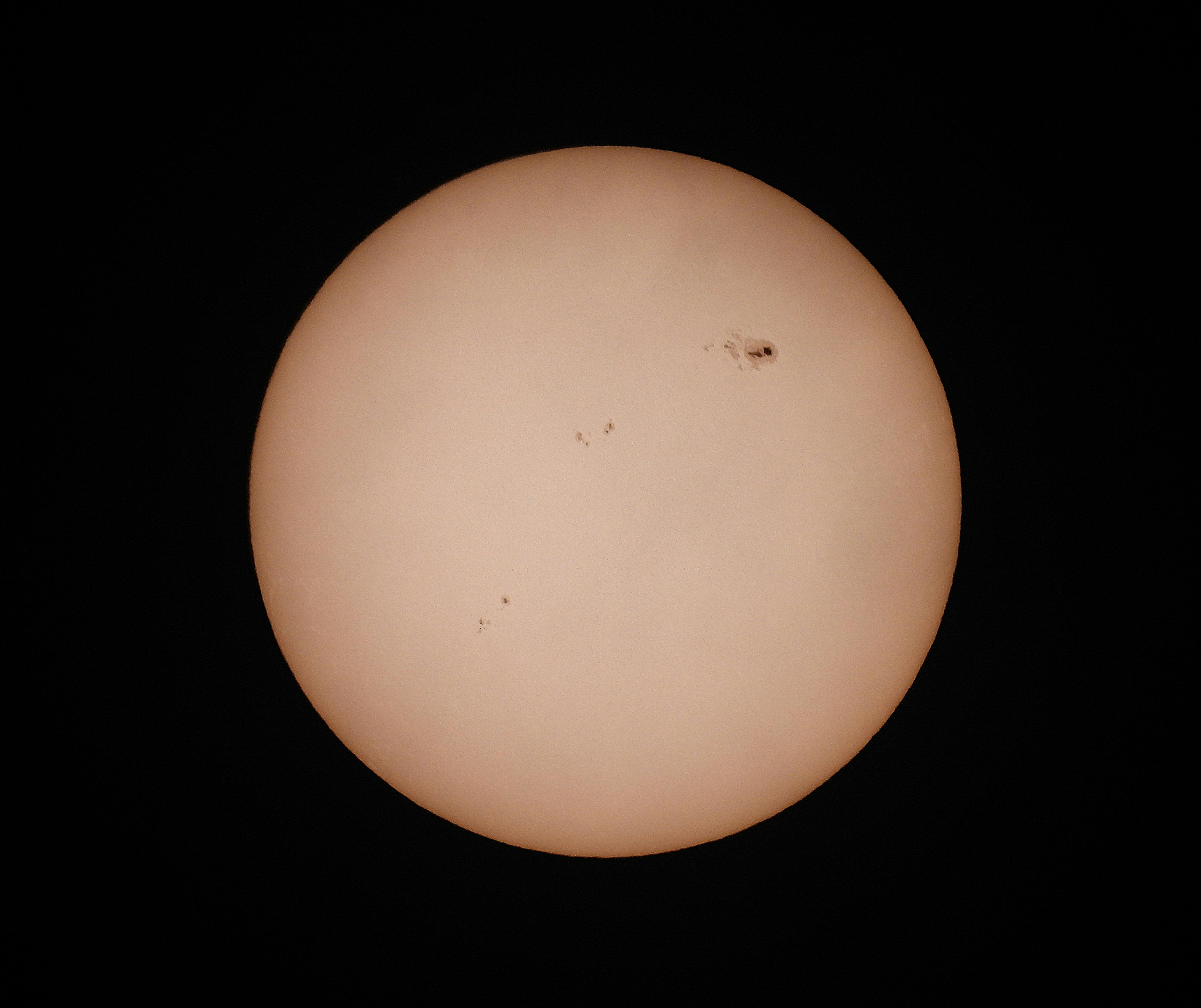
The onset of labor can be identified through noticeable contractions. You might observe your molly shaking or having spasms, body movements indicating that birth is imminent. The arrival of fry—tiny replicas of the parent—can occur swiftly, each born with a yolk sac, providing initial nourishment.
Knowing a bit about the mating habits of mollies can clue you into potential pregnancies. The male’s specialized fin is used in a brief, often aggressive-looking act to fertilize the female’s eggs. From fertilization, a typical molly pregnancy lasts about 4 to 6 weeks, longer than many egg-layers in the aquatic world. For an in-depth explanation of the molly gestation period and developmental stages, visit this complete guide on how long molly fish are pregnant.
Maintaining a stress-free and healthy environment in your tank isn't just beneficial for daily fish wellbeing; it's crucial during pregnancy. Ensure your mollies have places to hide, the water conditions are optimal, and the tank is free of stress-inducing factors.
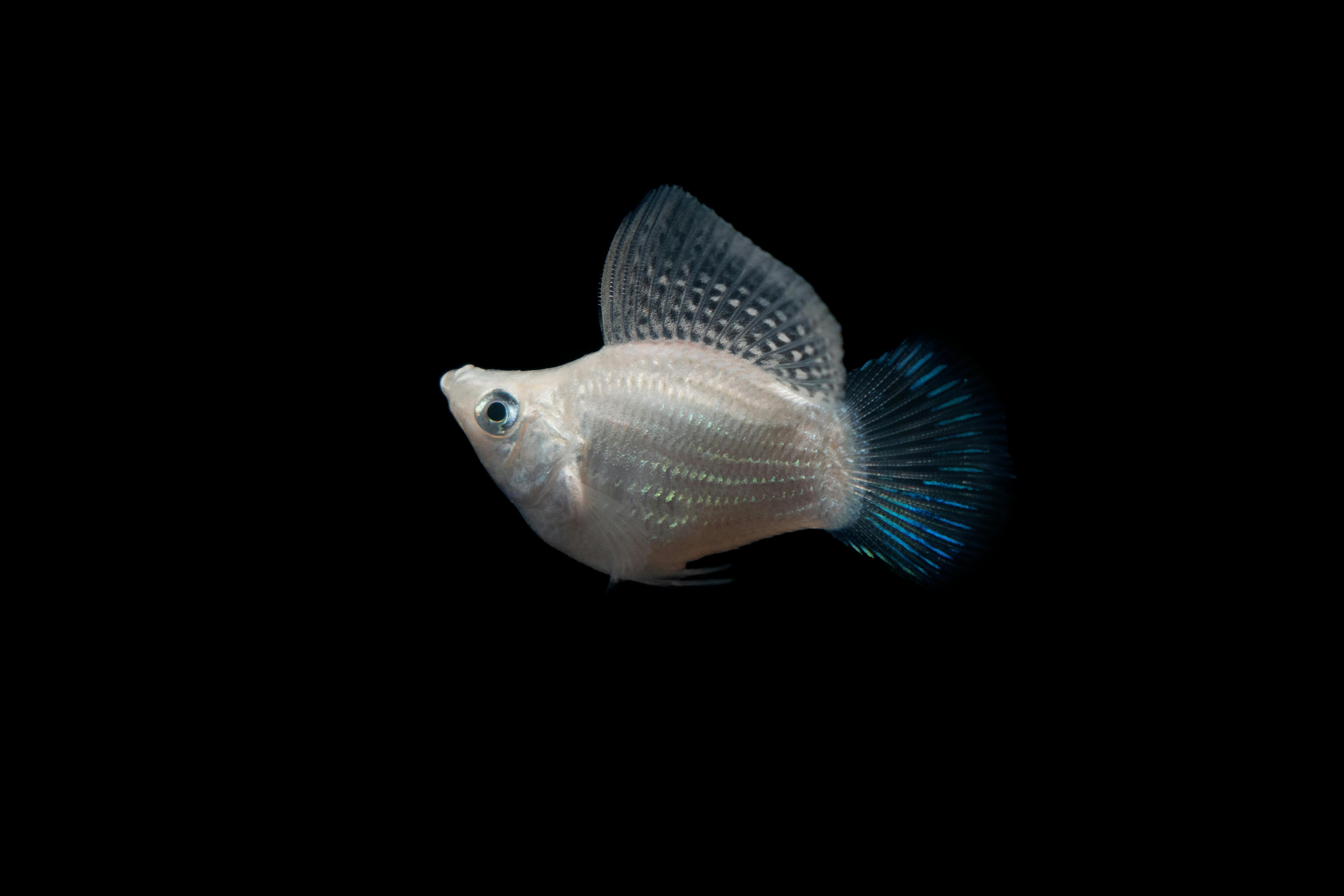
| Sign | Pregnant Molly | Non-pregnant Molly |
|---|---|---|
| Abdomen Shape | C-shaped, Distended | Normal, Flat |
| Gravid Spot | Dark and Prominent | Absent or Light |
| Behavior | Hiding, Less Active | Active, Sociable |
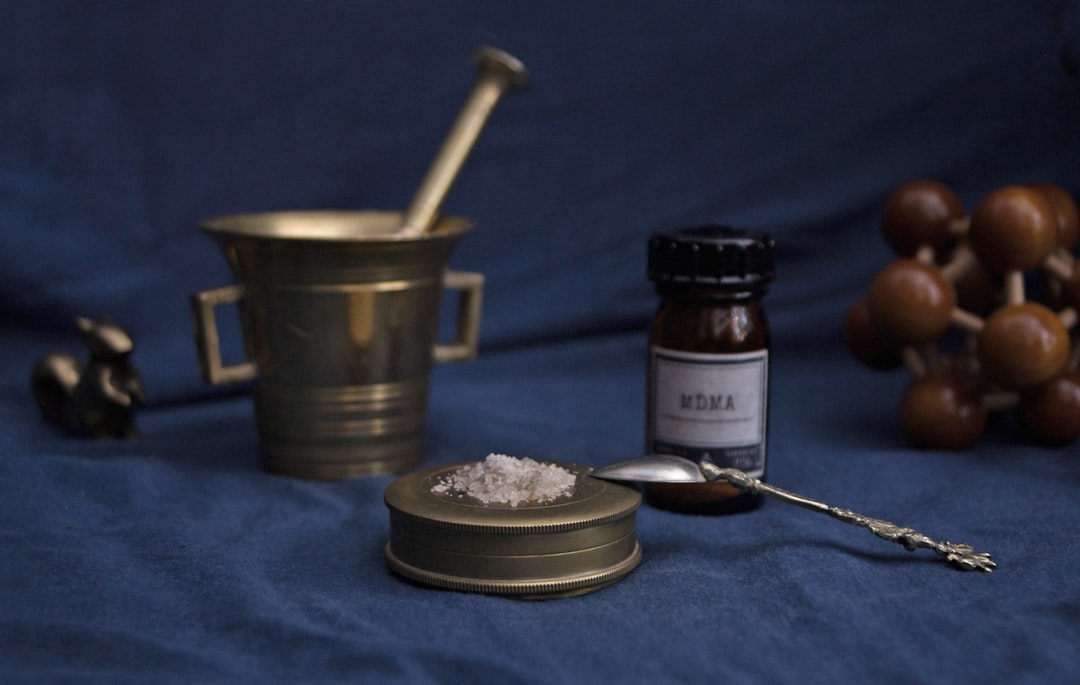
Ready to observe and assist your expecting molly? Their journey to motherhood is an exciting spectacle that can enrich your experience as a fish keeper. What's been your experience with fish fry in your tank? Share your stories below or any tips you have for fellow aquatic hobbyists!
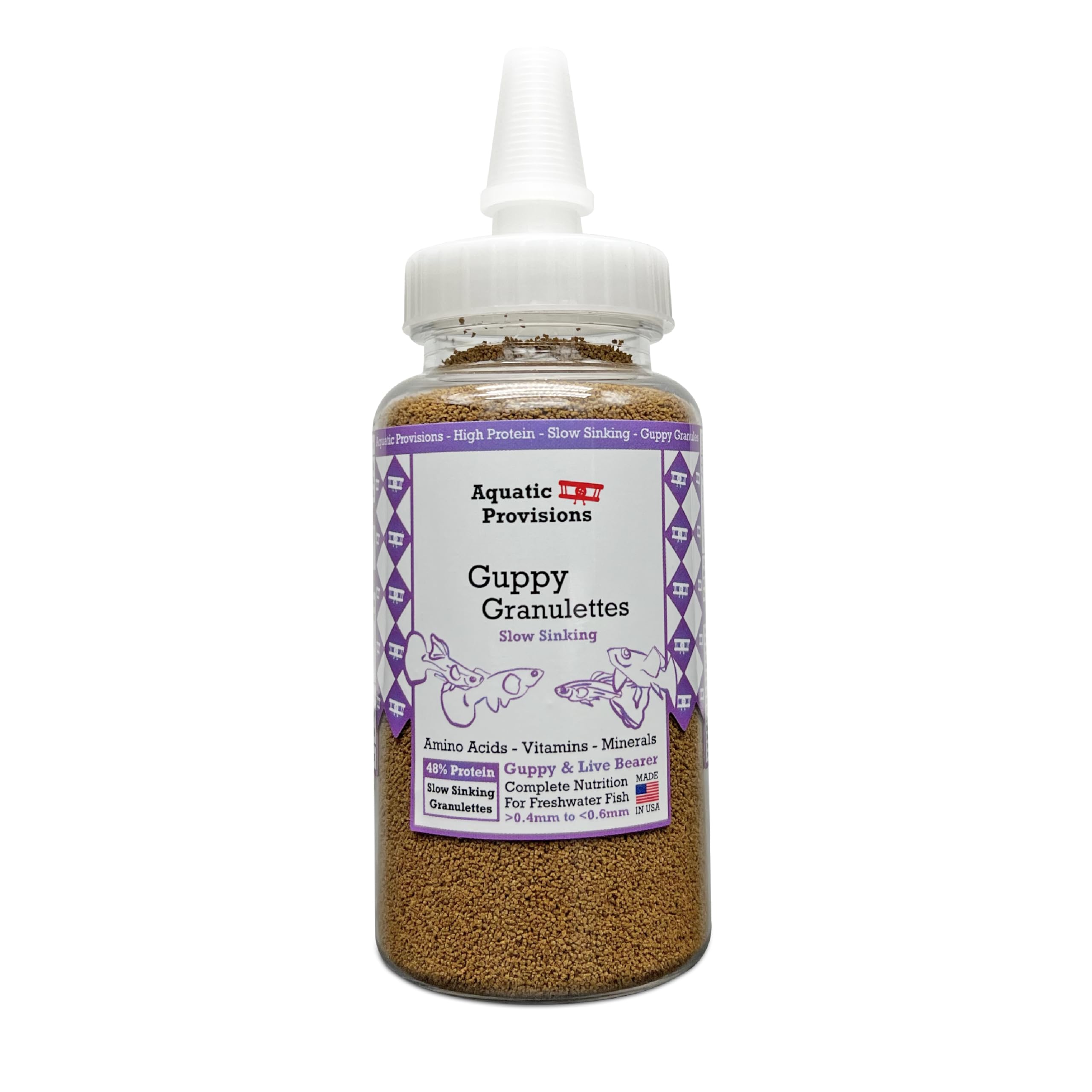
Nourish your guppies with Aquatic Provisions Guppy Granulettes. These slow-sinking granules are rich in amino acids, vitamins, and minerals, offering a balanced diet with 48% protein to support vibrant health and energy. Specially formulated for guppy and livebearer species, this complete nutrition ensures your freshwater fish thrive. Elevate their aquatic environment with premium quality fish food that's made in the USA.
A pregnant molly fish typically has a 'squared-off' belly shape, and you may notice a darker or black coloration near the anal fin. These physical changes become more pronounced as the fish gets closer to delivering her fry.
Molly fish have a gestation period of about 4 to 6 weeks. The exact duration depends on water temperature and environmental conditions. A healthy female can give birth to 20 to over 100 fry in one cycle.
Before giving birth, a molly fish may isolate itself, remain near the bottom of the tank, or hide in plants and decorations. You might also notice restlessness or a decrease in regular activity as she prepares to deliver her fry.
A pregnant molly fish requires a balanced diet to stay healthy. High-quality flakes or pellets, along with occasional protein-rich treats like brine shrimp or bloodworms, are excellent choices to support her during this stage.
After the fry are born, it’s essential to provide a safe environment with plenty of hiding spots to protect them from adults. Feed them finely crushed flakes or specialized fry food several times a day to ensure quick and healthy growth.
If you’re as captivated by the enchanting world of mollies and their little aquatic adventures as we are, why not dive deeper into our community? Sharing knowledge and cherishing these underwater moments is exactly what we're passionate about. For more visual inspiration, check out our Pinterest board filled with images of our finned friends. Feeling the allure of the underwater world through snaps? Join us on Instagram for daily doses of fin-tastic beauty. Of course, let’s keep the conversation swimming on X (formerly Twitter) and don’t miss out on updates by following us on Facebook. We're thrilled to connect with fellow aquarists and enthusiasts like you, so come along and explore the wonders of life beneath the water with us!
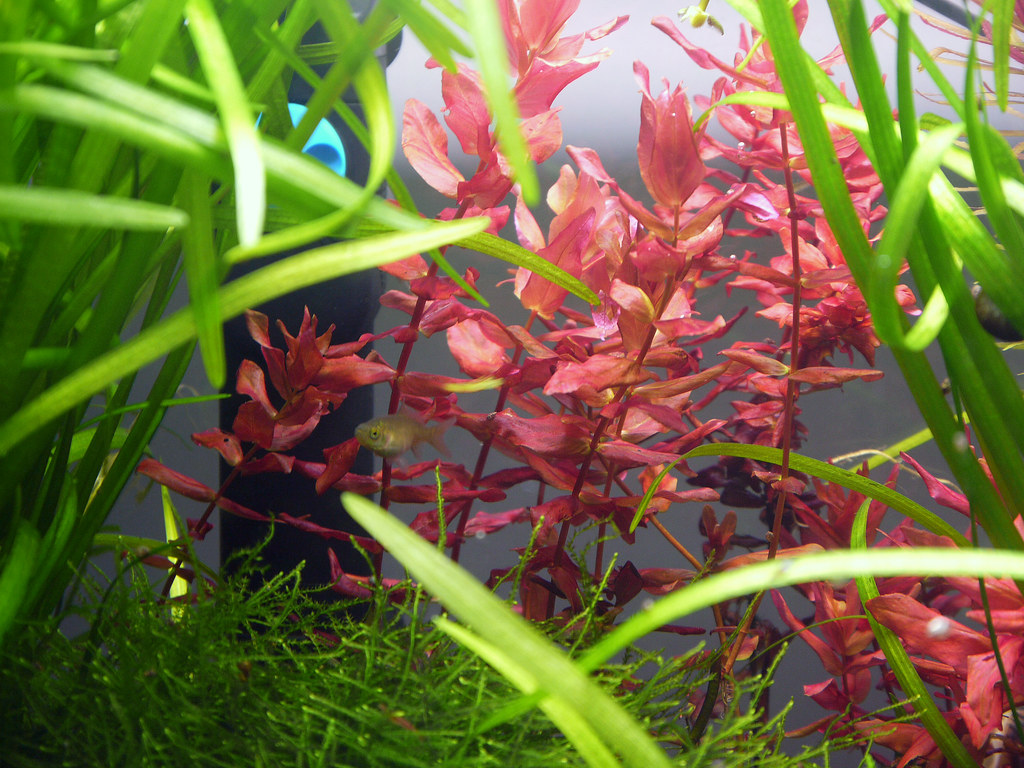
Red spots on your goldfish can be as alarming as finding a mystery rash on a toddler. You know something's up, but isolating the culprit can be a puzzle. These unsightly blemishes could hint at a variety of underlying issues, and the key is knowing how to read them.

Let's dive into Red Spot Disease (RSD), a disturbing plague affecting freshwater fish, including our beloved goldfish. Initially reported in Japan back in 1971, RSD is often linked to a fungal infection known as Aphanomyces invadans. This nasty fungus thrives in cold, wet conditions, sneaking up on your fish post-heavy rainfall or in chilly tanks. But here's the kicker: those red spots might not always point to just one issue.
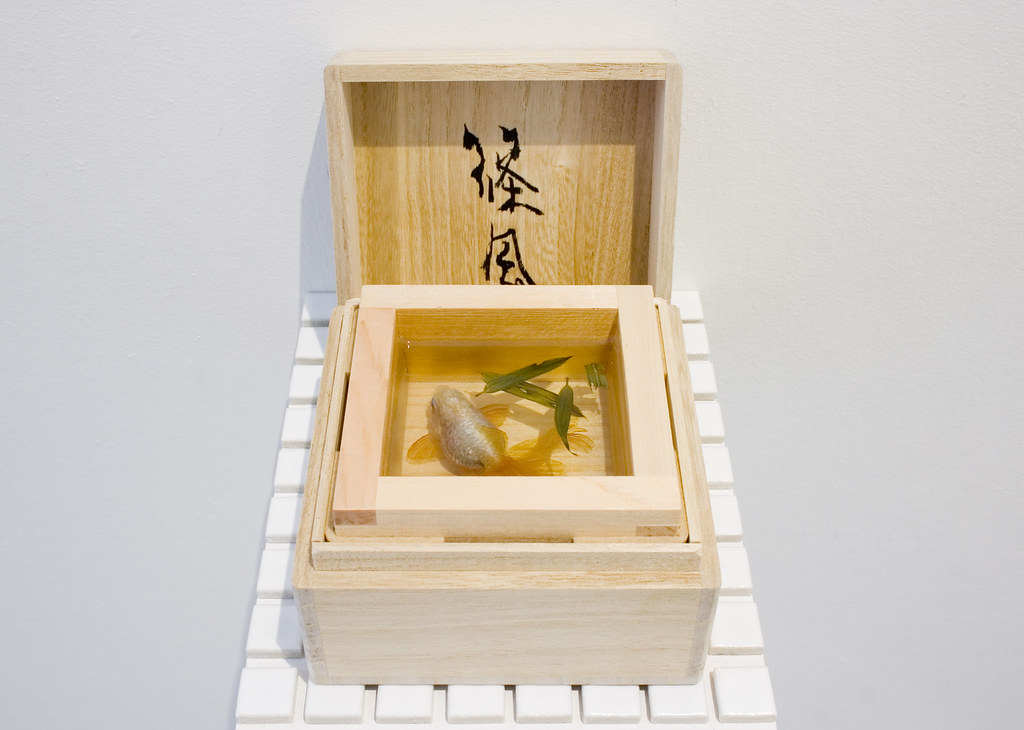
Red spots aren't exclusively tied to one offender. They could signal:
Here's a simple breakdown:
| Causes | Symptoms | Impacts |
|---|---|---|
| Ammonia Poisoning | Red spots on gills, labored breathing | Fish lethargy and mass mortality |
| Bacterial Infection | Red spots, inflamed skin | Pain, possible death if untreated |
| Stress and Injury | Behavioral changes, red spots | Systemic infection vulnerability |
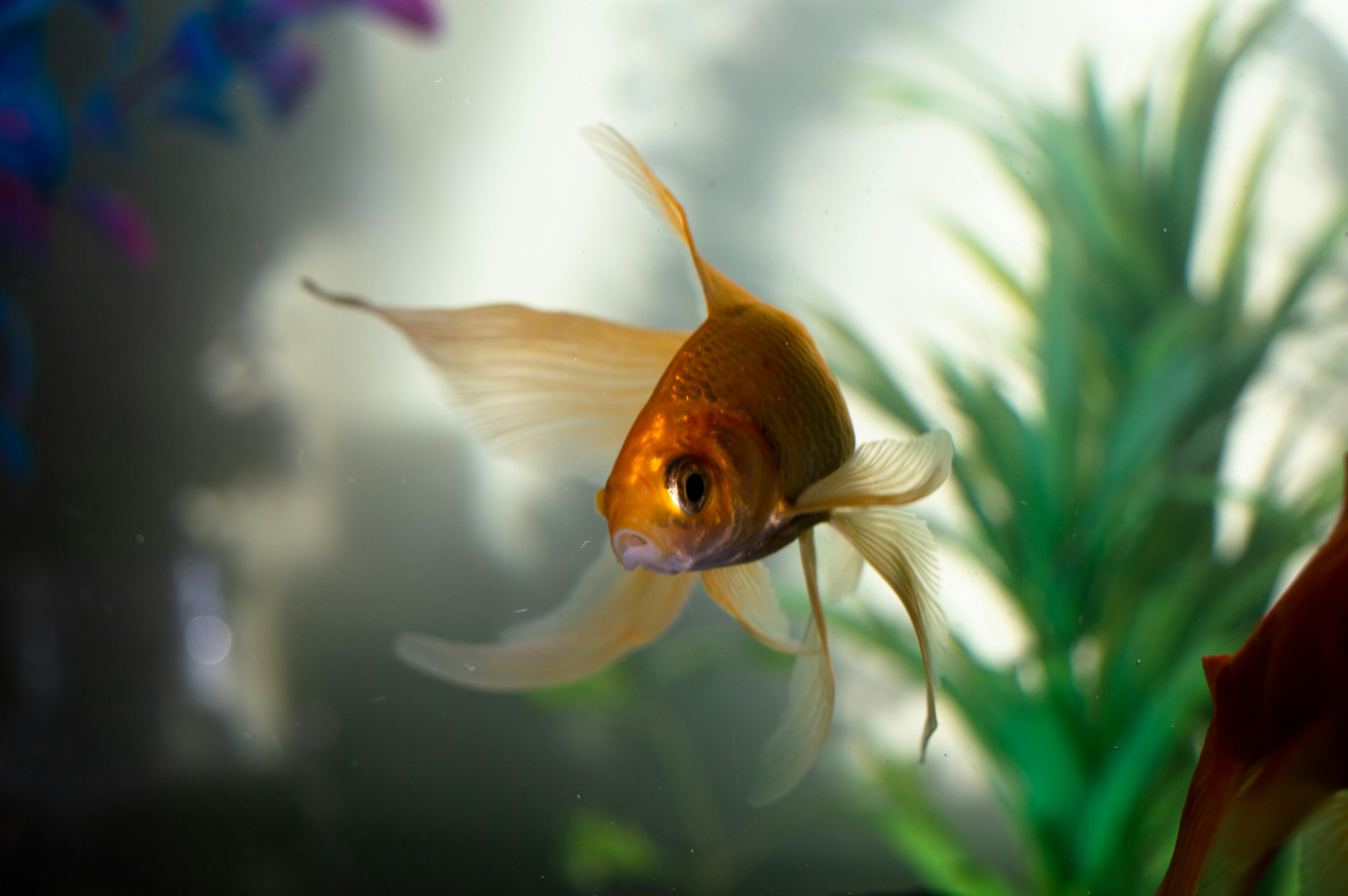
Seeing those first splotches of red is your call to action. For ammonia issues, maintaining water quality is paramount. Keep ammonia levels under 0.25 ppm with regular water changes. If levels surge to 1 ppm or beyond, act fast with a 50% water change and ammonia removal products.

For bacterial nasties, antibiotic treatments like nitrofurans and sulfonamides can save the day. If your pets are too far gone for baths alone, medicated feed can supplement their fight against infection internally. For an in-depth understanding of fish treatment protocols and antibiotics, consult resources like Fish Medicine by Michael Stoskopf.
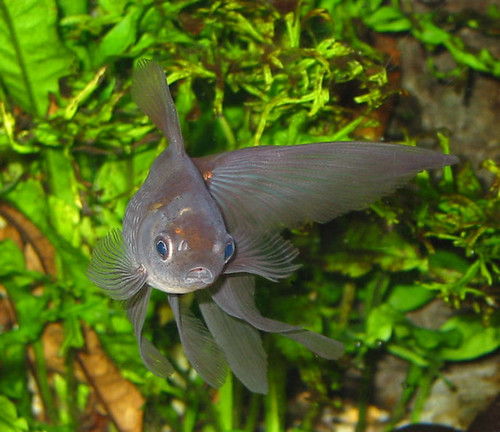
Stopping red spots before they start involves good old-fashioned fish parenting:
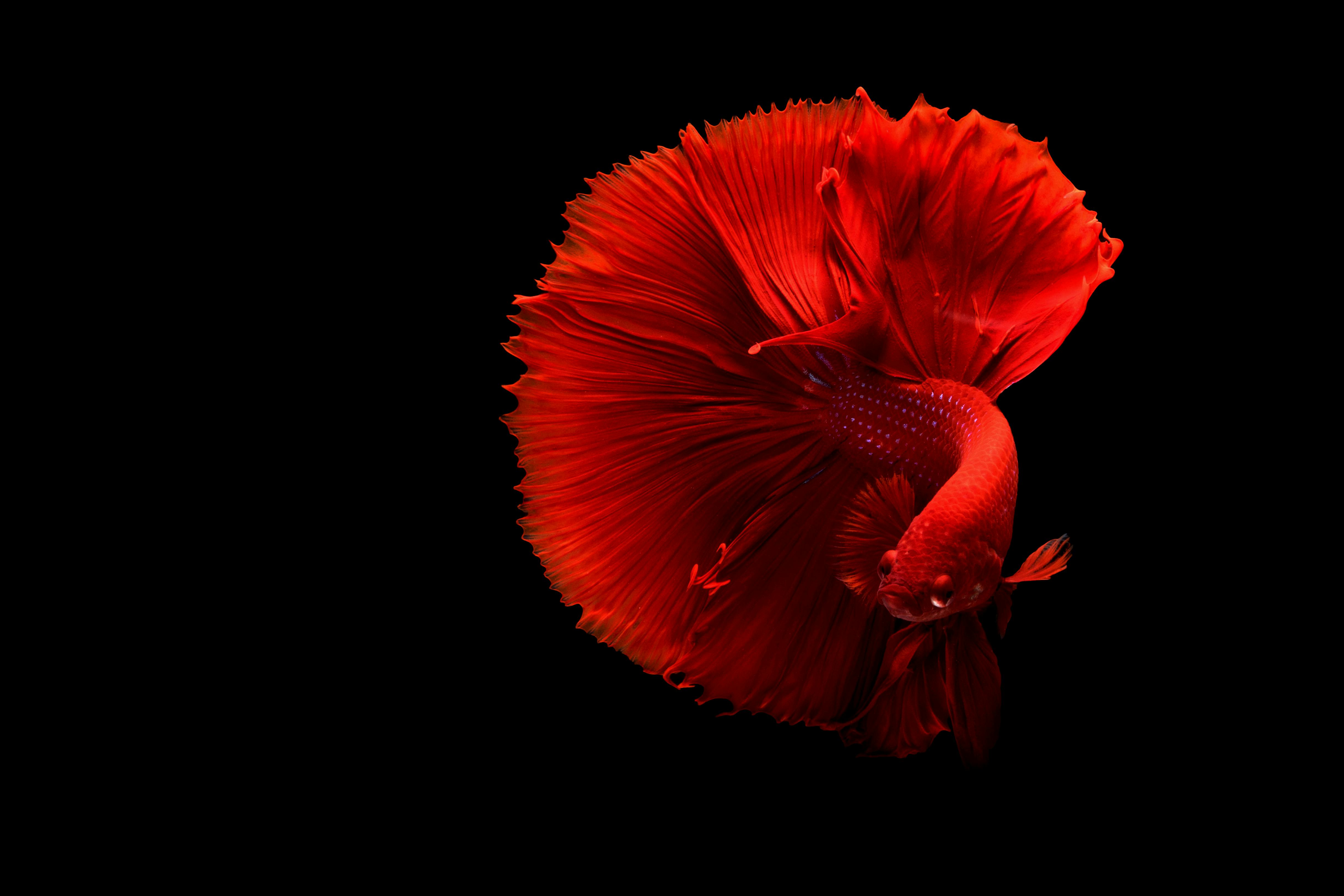
If your goldfish sport red spots, you need to act quickly to diagnose and treat the cause. Keeping tabs on water quality, observing your fish's behavior, and taking immediate action when you spot something awry ensures a healthy, happy tank.
Have you battled red spots in your tank? What strategies worked for you? Share your experiences and tips with fellow fish keepers in the comments below!
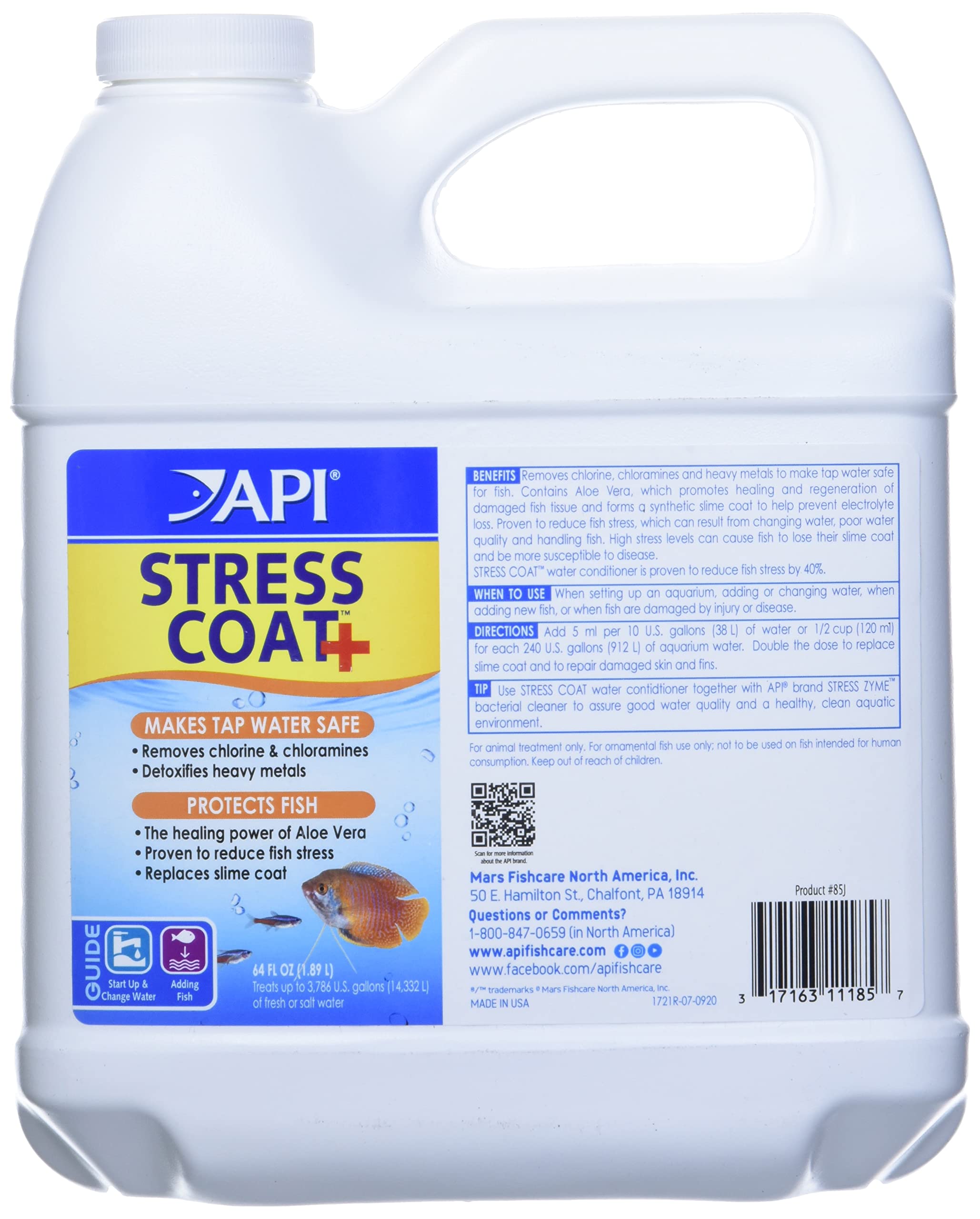
Transform your aquarium into a safe haven with API Stress Coat+ Water Conditioner. This 64 oz solution removes chlorine, chloramines, and detoxifies heavy metals, making tap water safe for your fish. Enriched with Aloe Vera, it heals and protects fish by forming a synthetic slime coat. Proven to reduce stress, this conditioner promotes health and vitality, ensuring a thriving aquatic environment. Perfect for setup, water changes, and new fish additions.
Red spots in goldfish are often caused by poor water quality. Treatment involves improving water conditions with regular water changes and adding aquarium-safe rock salt. Ensure the tank is clean, and test water parameters to restore a healthy balance. Addressing underlying environmental issues will help your fish recover faster.
Red spots on goldfish are typically caused by bacterial infections, such as red pest disease, or due to stress from poor tank conditions, such as dirty water or fluctuating temperatures. Maintaining clean water and addressing stress factors can help prevent these issues.
To prevent red spots, ensure optimal tank conditions by performing regular water changes, keeping ammonia and nitrate levels low, and monitoring water temperature. Feeding your goldfish a healthy diet and avoiding overcrowded tanks will also reduce their stress and susceptibility to infections.
Symptoms of red pest disease include blood-red patches on the fish’s body, inflamed gills, frequent surface breathing, and lethargy. These signs are often paired with poor water quality. Prompt treatment and improved tank conditions are essential to prevent further complications.
Yes, red pest disease can spread to other fish if the tank conditions remain poor. Isolate affected fish when possible, and improve water cleanliness to protect tank mates. Treat the water with antibacterial solutions as directed to minimize the risk of an outbreak.
After delving into the mystery behind those red spots on your precious goldfish, it's clear that keeping them healthy requires a mix of vigilance and a splash of curiosity. We'd love to keep the conversation flowing and share more fishy tales and care tips with you. Why not follow us for a daily dose of aquatic cheer on Instagram or join our vibrant community of fish enthusiasts on Facebook? For those of you who enjoy bite-sized updates, check out our insights on X, or dive into our picturesque world on Pinterest. Connect with us and let's nurture our finned friends together, one splash at a time!
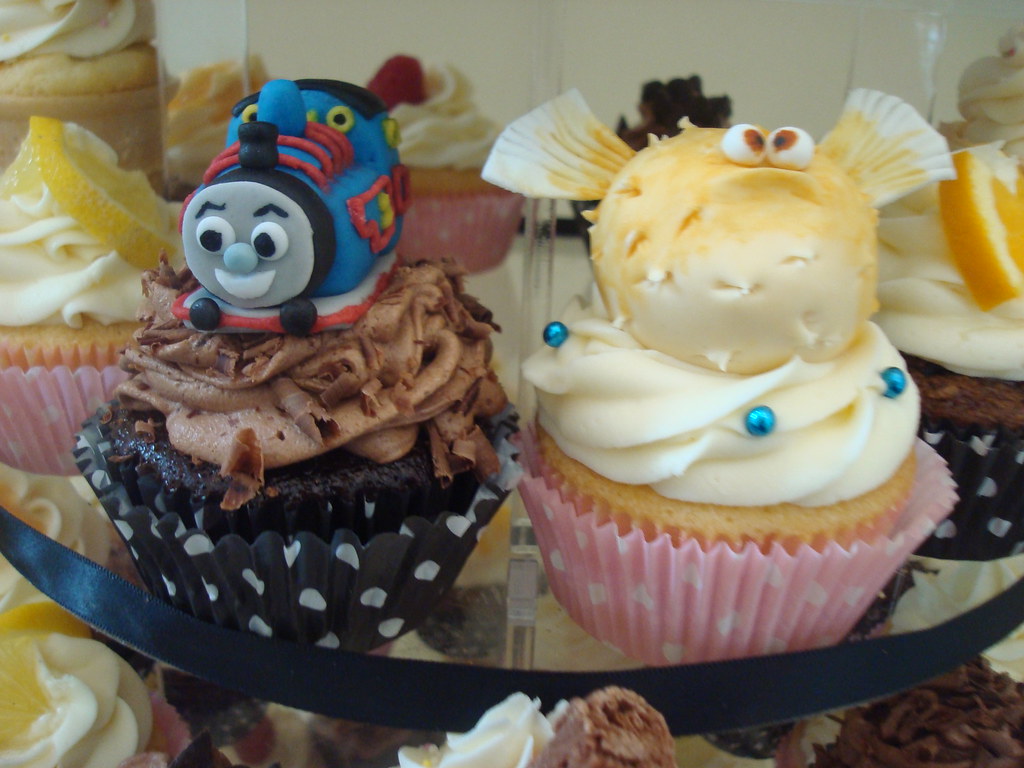
Fishkeepers often find themselves puzzled over whether their fish is bloated or pregnant, especially in species known for their prolific breeding like goldfish and cichlids. While both conditions involve a noticeable abdominal swelling, distinguishing between them means a world of difference in terms of care and attention. Here's how to differentiate and address each scenario.
Swollen bellies in fish usually mean one of two things: pregnancy or bloating, and the treatments for each are vastly different.
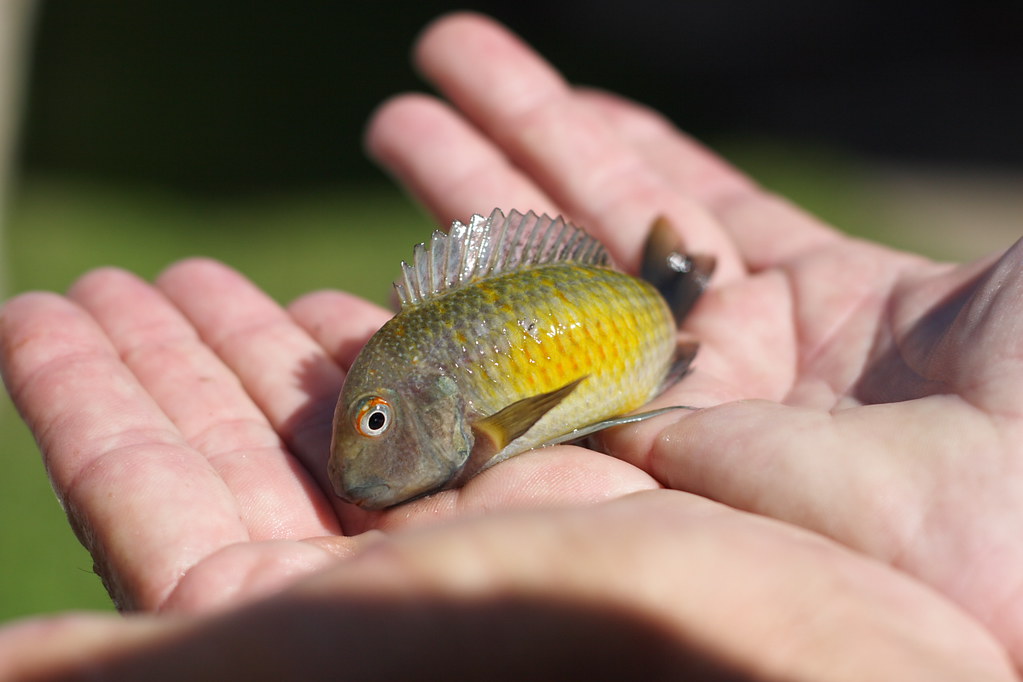
For a detailed guide on caring for species commonly confused between the two conditions, explore this resource on the Balloon Black Molly Fish: Care Tips and Essential Guide.
Bloat can be indicative of several underlying problems, from simple overfeeding to more serious infections:
To better understand these symptoms, refer to this definition of bloat which outlines signs such as a bloated belly and bulging eyes, helping distinguish it from pregnancy.
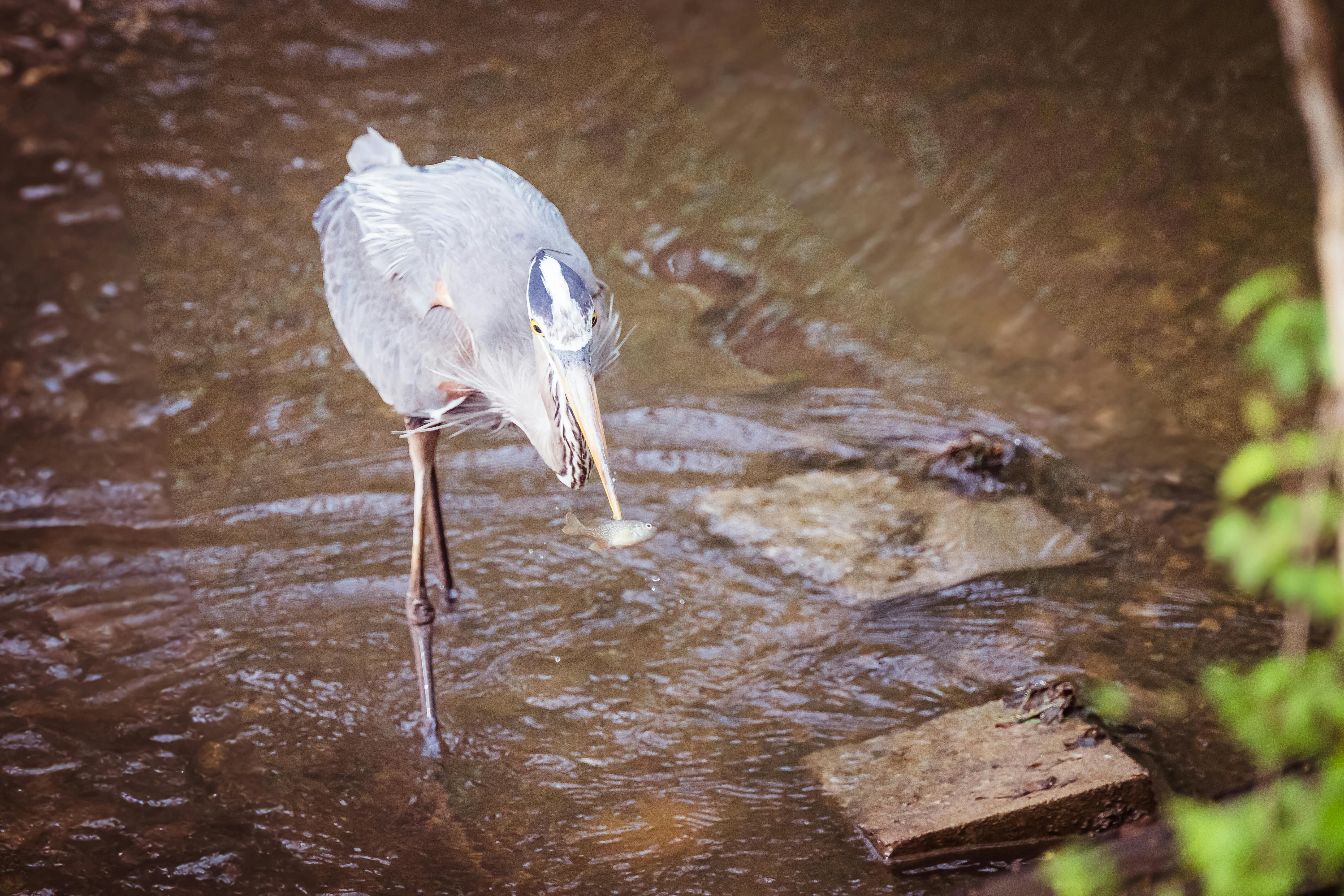
The approaches to care differ distinctly between pregnancy and bloat management:
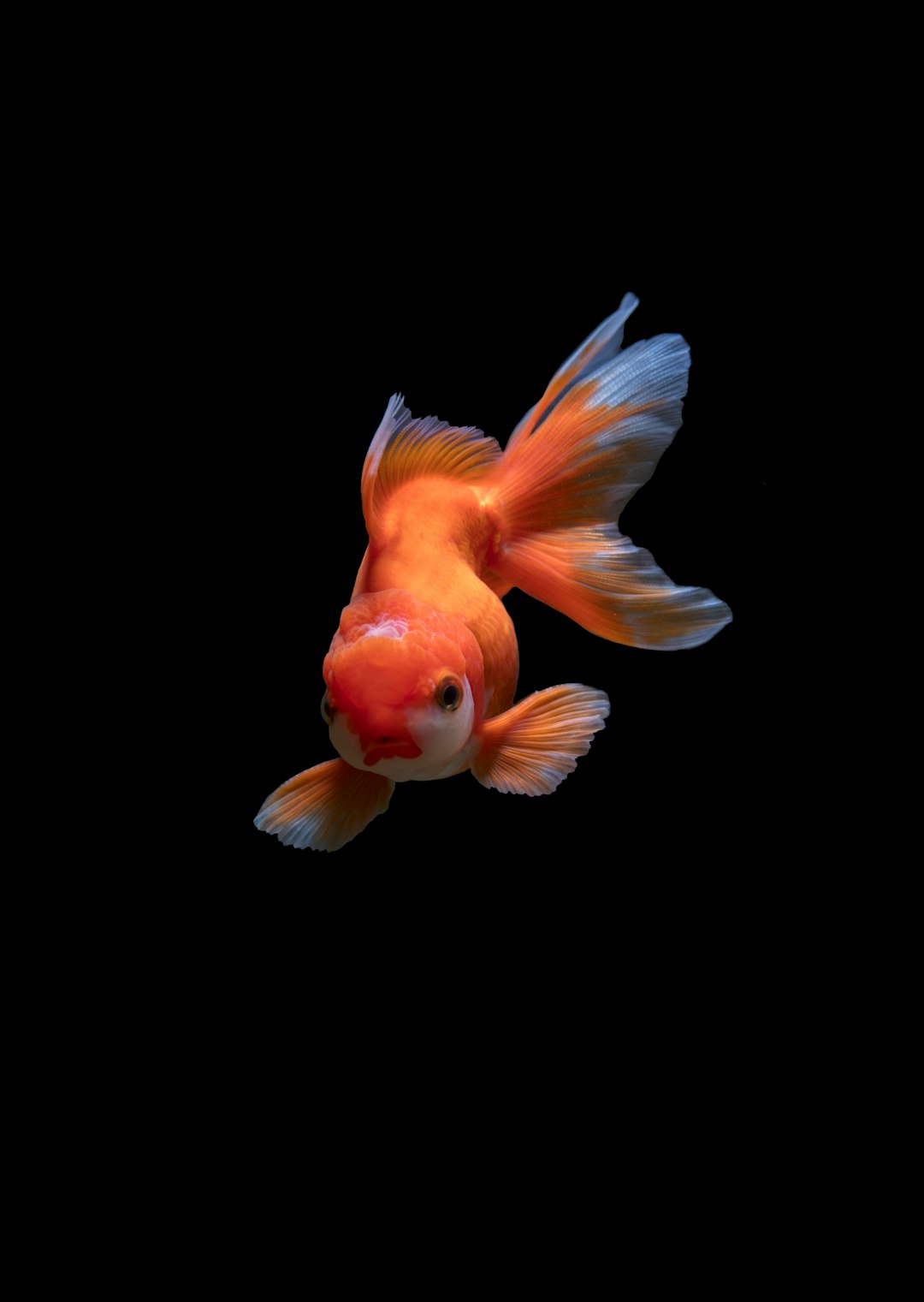
If you suspect illness, educating yourself is key. Learn more in this helpful overview of Freshwater Aquarium Fish Diseases & Prevention to ensure you're giving your fish the best fighting chance.
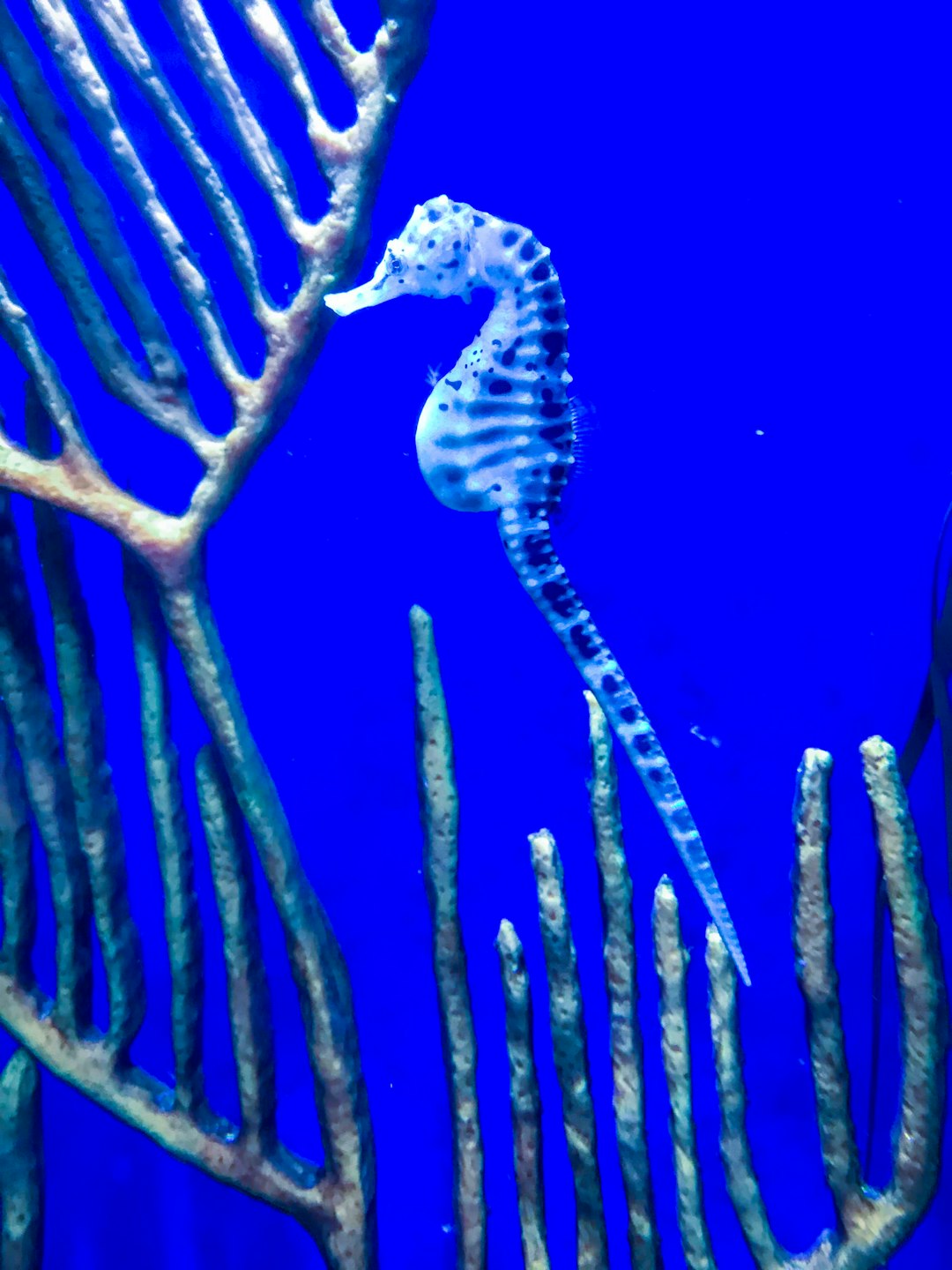
Additionally, parasitic infections such as nematodes can cause bloating. Understanding the symptoms and treatment of these infections is crucial. This in-depth resource on nematode infections in fish explains how they lead to bloated abdomens and what steps are necessary to treat them.
Here’s a comparison to help you quickly identify your fish’s condition:
| Aspect | Pregnancy | Bloat |
|---|---|---|
| Behavior | Active, good appetite | Loss of appetite, lethargic |
| Physical Signs | Swollen belly, brighter colors | Swollen belly, swim issues |
| Treatment | Separate tank, protein-rich diet | Water quality management, dietary change |
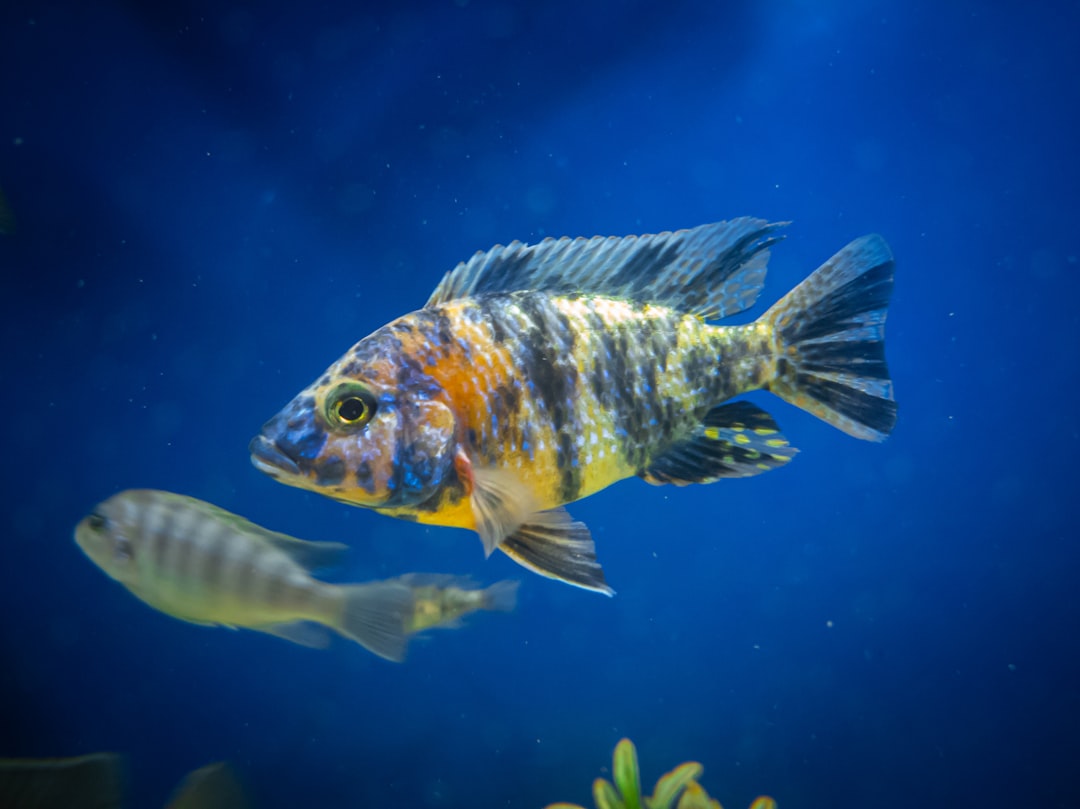
Now that you have the tools to distinguish and care for bloated or pregnant fish, which signs have you noticed in your aquarium? Share your experiences and strategies in the comments below!
Pregnancy in fish often shows as a gradual belly enlargement. In contrast, bloating from overfeeding or illness like dropsy typically results in rapid swelling, behavioral changes, or even scales puffing out. Always monitor your fish’s eating habits and behavior to differentiate the two.
Fish bloat can be caused by overfeeding, constipation, trapped gas, or illnesses like dropsy and bacterial infections. Parasites or poor water quality may also contribute. It's important to address such issues promptly to avoid long-term harm.
Dropsy in fish shows as rapid abdominal swelling, scales sticking out (pinecone effect), lethargy, and difficulty swimming. It's vital to act quickly as dropsy is often caused by infection or organ failure and can be fatal without treatment.
To prevent bloating, avoid overfeeding by providing small, measured portions. Maintain water quality with regular cleaning, and use high-quality fish food. For certain species, consider a balanced diet including vegetables to help prevent constipation.
If your fish has a swollen belly, temporarily isolate it in a hospital tank. Evaluate potential causes like overfeeding, illness, or water quality. Adjust its diet, try Epsom salt baths for constipation, or consult a veterinarian if symptoms persist.
I hope this guide helps you become more confident in identifying whether your fish is bloated or expecting a new addition to your fish family! It's such a fascinating journey learning about our aquatic friends, and I’d love to hear your thoughts or see pictures of your own fishy adventures. If you’re inspired to dive deeper into the world of fish care and aquarium tips, be sure to follow us on X (formerly Twitter) for quick updates and join our vibrant community on Facebook. For more visual inspiration, check out our albums on Pinterest where we pin helpful visuals and creative tank setups. You can also explore our Instagram to catch glimpses of stunning aquariums and featured fish. Let's keep this conversation swimming!
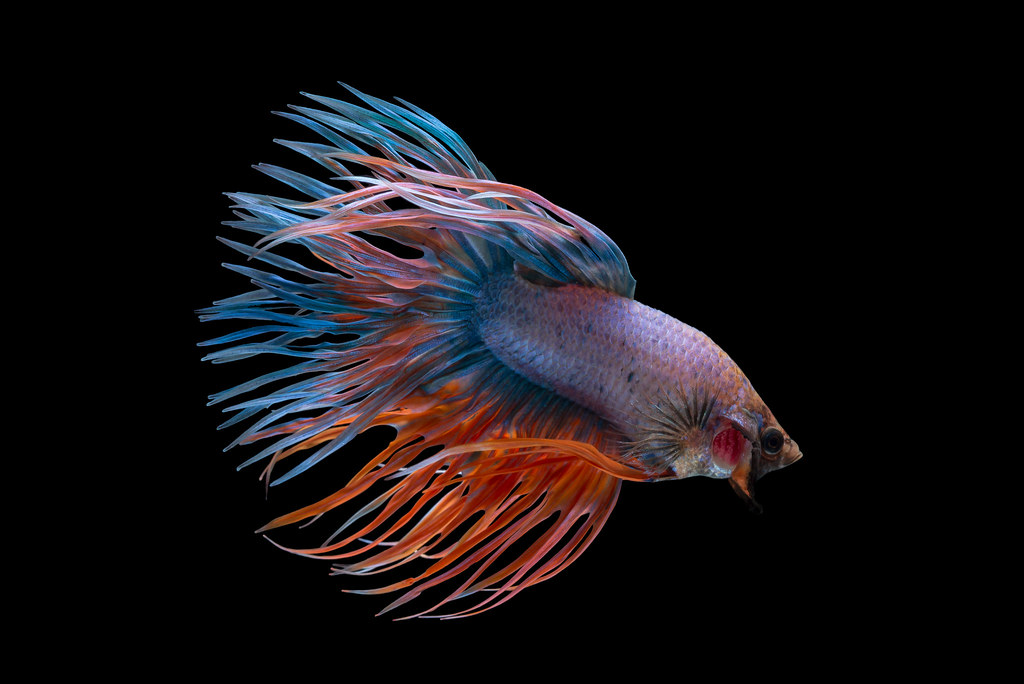
Who could resist the mesmerizing allure of the Rainbow Crowntail Betta Fish? With its vivid colors and intricate tail design, this aquatic beauty is nothing short of a living masterpiece. If you're a budding aquarist or a seasoned enthusiast, here's everything you need to know about this enchanting fish.

Crowntail Bettas steal the show in any aquarium, and it all boils down to the variety in their tail structures. Known for their spiky extensions and less webbing between the rays, these tails create a visual delight. They come in several types, each boasting its own unique flair:
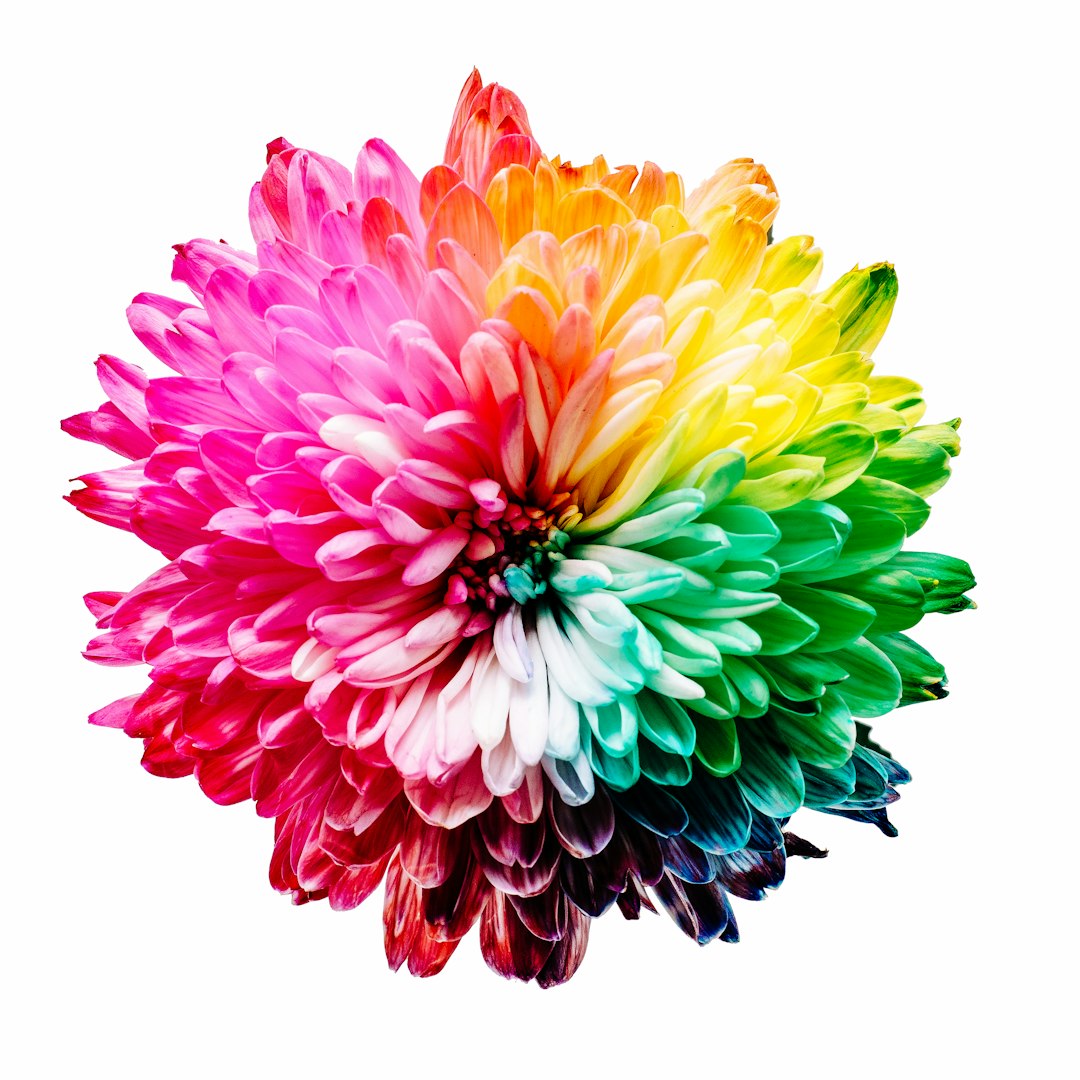
Each type presents a dazzling display, but the Rainbow Crowntail variant elevates this with a versatile palette of vibrant colors—truly a crown jewel. To better understand the classification and diversity of fin types in Betta splendens, including the crowntail variant, consult this scientific overview.
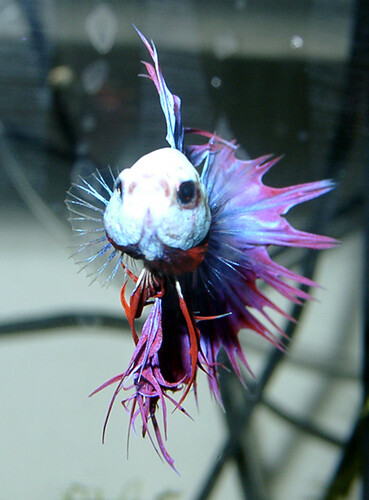
Not all Crowntails boast the stunning "rainbow" spectrum. The Rainbow Crowntail Betta stands out because it showcases an array of vibrant colors such as red, blue, yellow, orange, green, and purple all shimmering together. This rare color combination commands a higher price tag and makes the fish a desirable treasure among collectors.
| Type | Color Variety | Tail Feature |
|---|---|---|
| Single Ray | Common | Single extension per segment |
| Double Ray | Common | Two extensions per segment |
| Rainbow Crowntail | Rare, vibrant spectrum | Multiple colorful extensions |
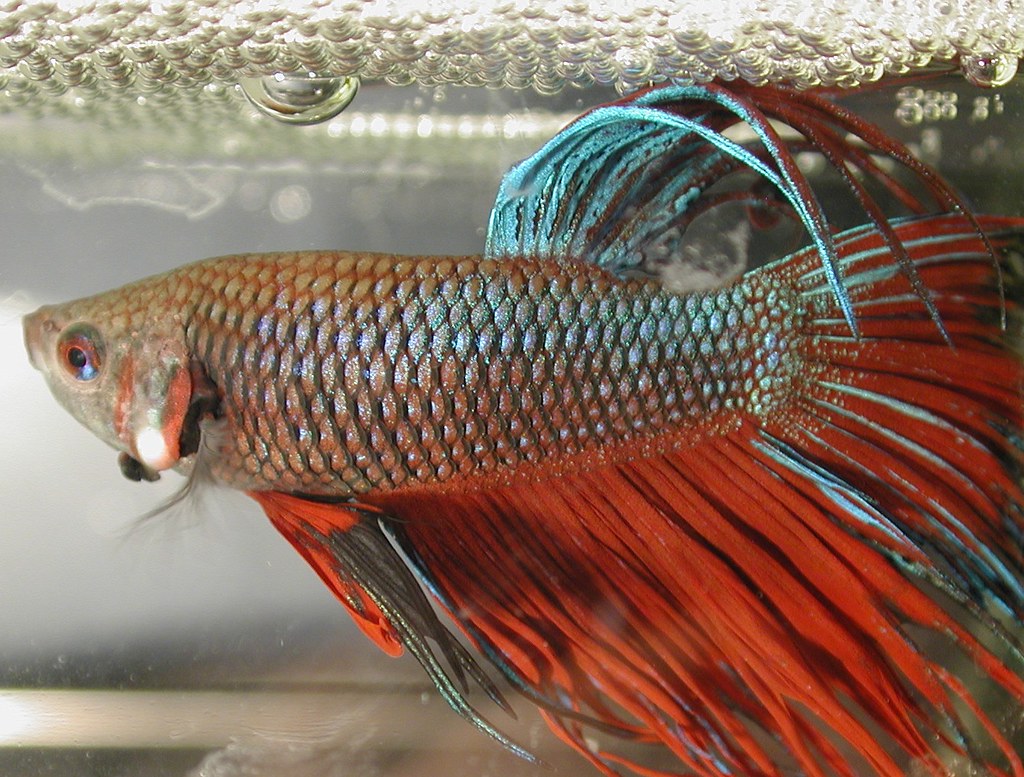
For a more in-depth breakdown of crown-like tail features, you can explore this guide on male Betta fish with crown-like tails, which dives into specific tail morphologies and their visual impact.
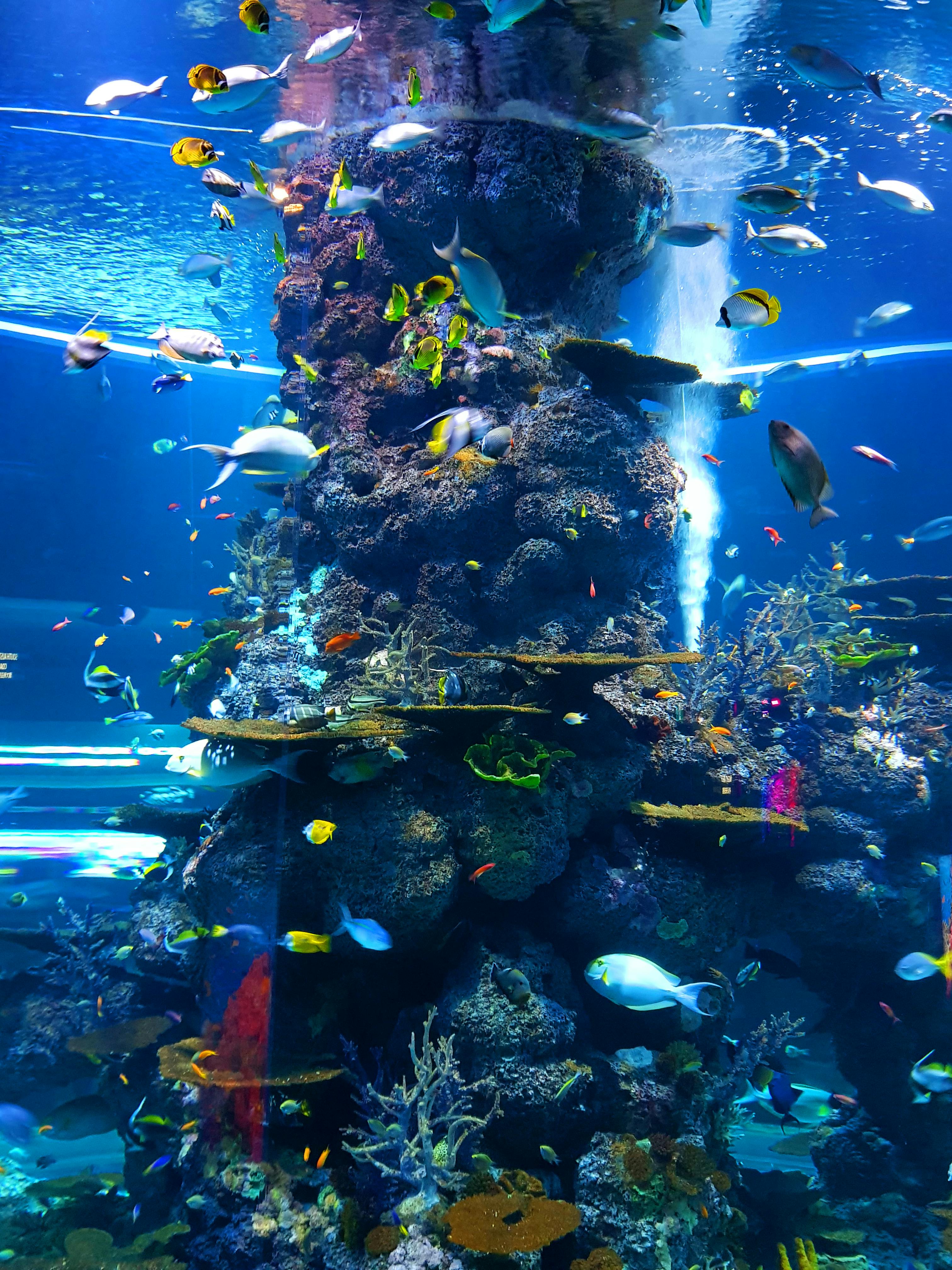
Despite their majestic appearance, Crowntail Bettas, including the Rainbow variety, are relatively low-maintenance, making them a great fit even for beginners. They thrive in tanks with a minimum capacity of 3 to 5 gallons, but larger, decorated environments are preferred. Aim for slightly acidic water at temperatures ranging from 74° to 82°F, complete with nooks and crannies for exploration.
If you're looking to broaden your knowledge base, consider reading this helpful care guide that includes insights on water quality, feeding, and tank setup tailored for Betta fish enthusiasts.
Ensure your Betta is living its best life with a protein-rich diet consisting of bloodworms, brine shrimp, and high-quality Betta pellets, fed in small portions 2–3 times daily to prevent overfeeding.
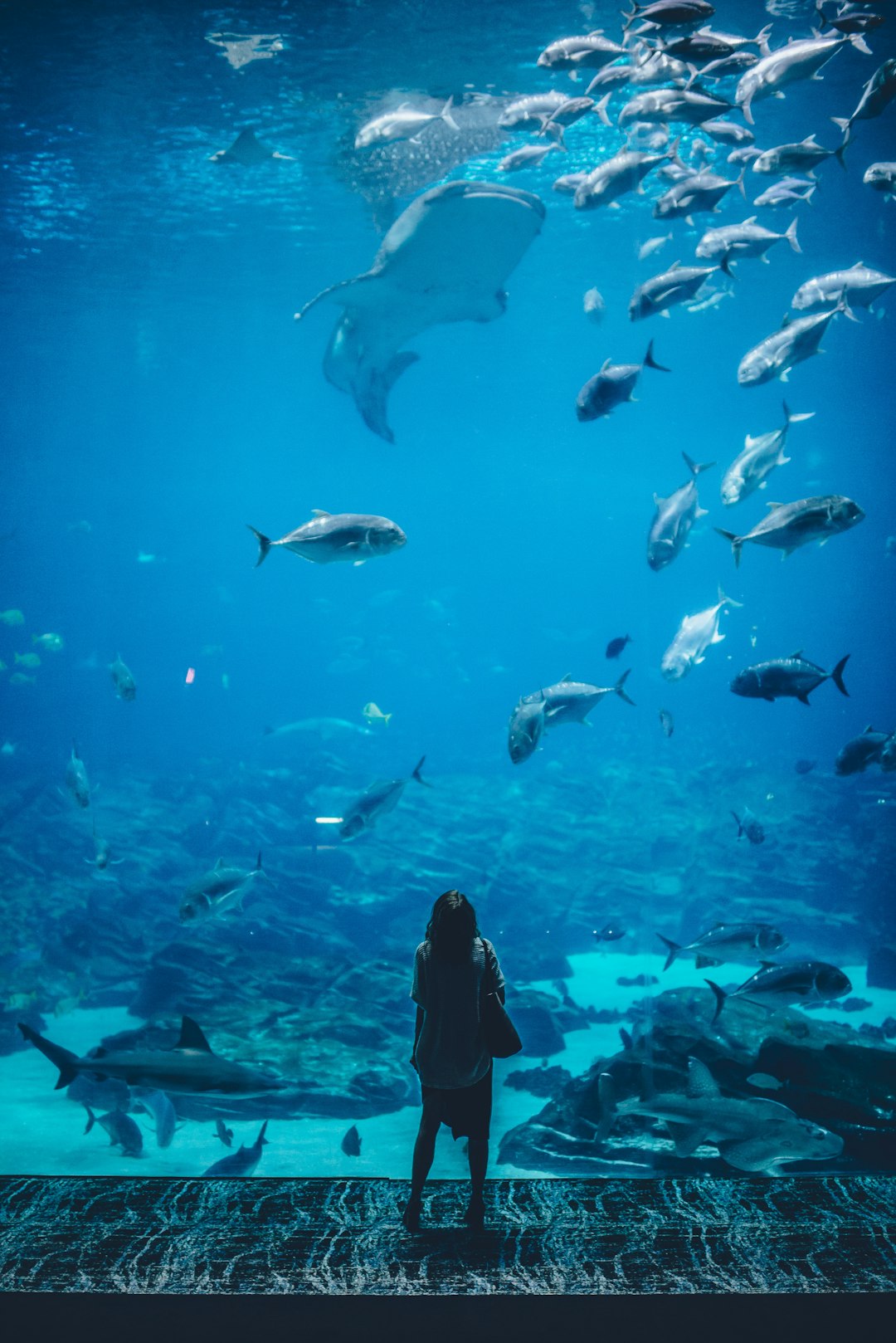
Keep in mind, these beauties have an aggressive streak. Their territorial nature can spark flare-ups, so tankmates should be chosen wisely. Consider peaceful species like corydoras if your tank size permits.
With proper care, Rainbow Crowntail Bettas can live up to 5 years. However, they're susceptible to diseases like Ich or fin rot, often triggered by stress or poor water conditions. Regular water checks and prompt responses to behavioral changes help maintain their health.
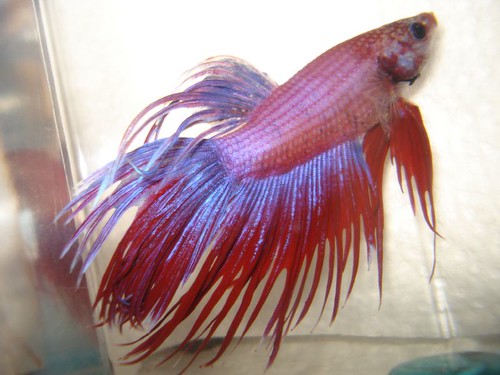
Got your eye on a Rainbow Crowntail Betta Fish? If so, try diving into this fascinating aquatic world and create a space where your finned friend can flourish. A vibrant tank setup isn't just a feast for the eyes, but a gateway into an enchanting hobby. Share your awe and experience with fellow aquarists—what does your Betta mean to you?
Some of the rarest and most unique betta fish colors include red, red-white-and-blue stripes, teal with dark blue, copper pink halfmoon, and all-white varieties. Other rare options are koi patterns and chocolate with white shading.
The price of rainbow crowntail bettas can vary depending on their rarity, color patterns, and breeder. Generally, they range from $10 to $50, though highly unique specimens may cost more.
Crowntail bettas thrive in aquariums with clean, warm water maintained at 76-80°F. Use a gentle filter, provide plants or decorations for enrichment, and feed them a high-quality betta pellet diet supplemented with occasional bloodworms or brine shrimp.
Crowntail bettas can sometimes cohabit with peaceful species such as neon tetras or corydoras catfish. However, avoid placing them with other bettas or aggressive fish, as they may become territorial.
Crowntail bettas are distinguished by their dramatic tail and fin design, which features long, spiky rays resembling a crown. This striking appearance makes them highly desirable among aquarium enthusiasts.
As we've journeyed through the captivating world of Rainbow Crowntail Betta Fish, I hope you've found inspiration and newfound appreciation for these vibrant aquatic gems. If you're eager to dive deeper into everything aquarist-related, consider connecting with us on Pinterest where we share everything under the sea's sun. For a daily splash of color and fins, don't miss out on our updates via X. And because we love creating an interactive community, feel free to join the conversation on Facebook. We're also capturing our underwater adventures and stunning landscapes on Instagram. Follow along and let's explore the mesmerizing world of bettas and more—together!
Ever wondered how many fish can comfortably swim around in a 30-gallon tank? Fear not, aquarists, because we're diving into all the fishy details you need to create a thriving aquatic community.

A 30-gallon tank is often the Goldilocks choice for many. Not too big, not too small—just right for beginners who want a manageable, medium-sized aquarium. But hold up! That space shrinks a bit considering water capacity is actually about 25 gallons, thanks to the tank dimensions.
When it comes to stocking your tank, the species of fish is the star of the show. To keep your aquatic pals happy and healthy, think about the space they need and their interactions.
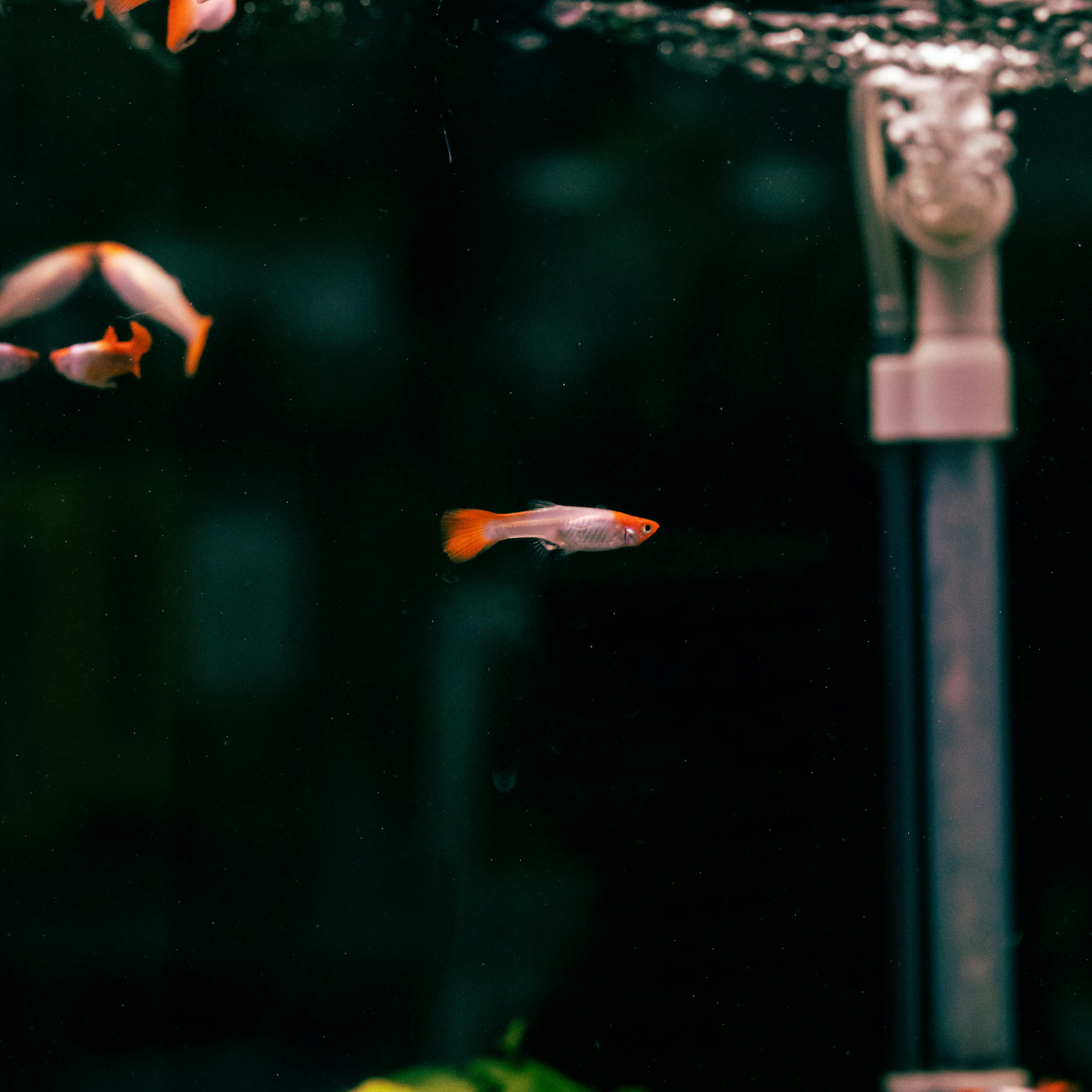
Remember, if your tank is full of plants and decorations, you might want to cut back on the number of fish to ensure plenty of swim paths.
Creating a harmonious environment isn’t just about numbers—it’s about choosing the right fishy friends. Here's a pro tip: aim for a mix across tank layers to avoid congestion.
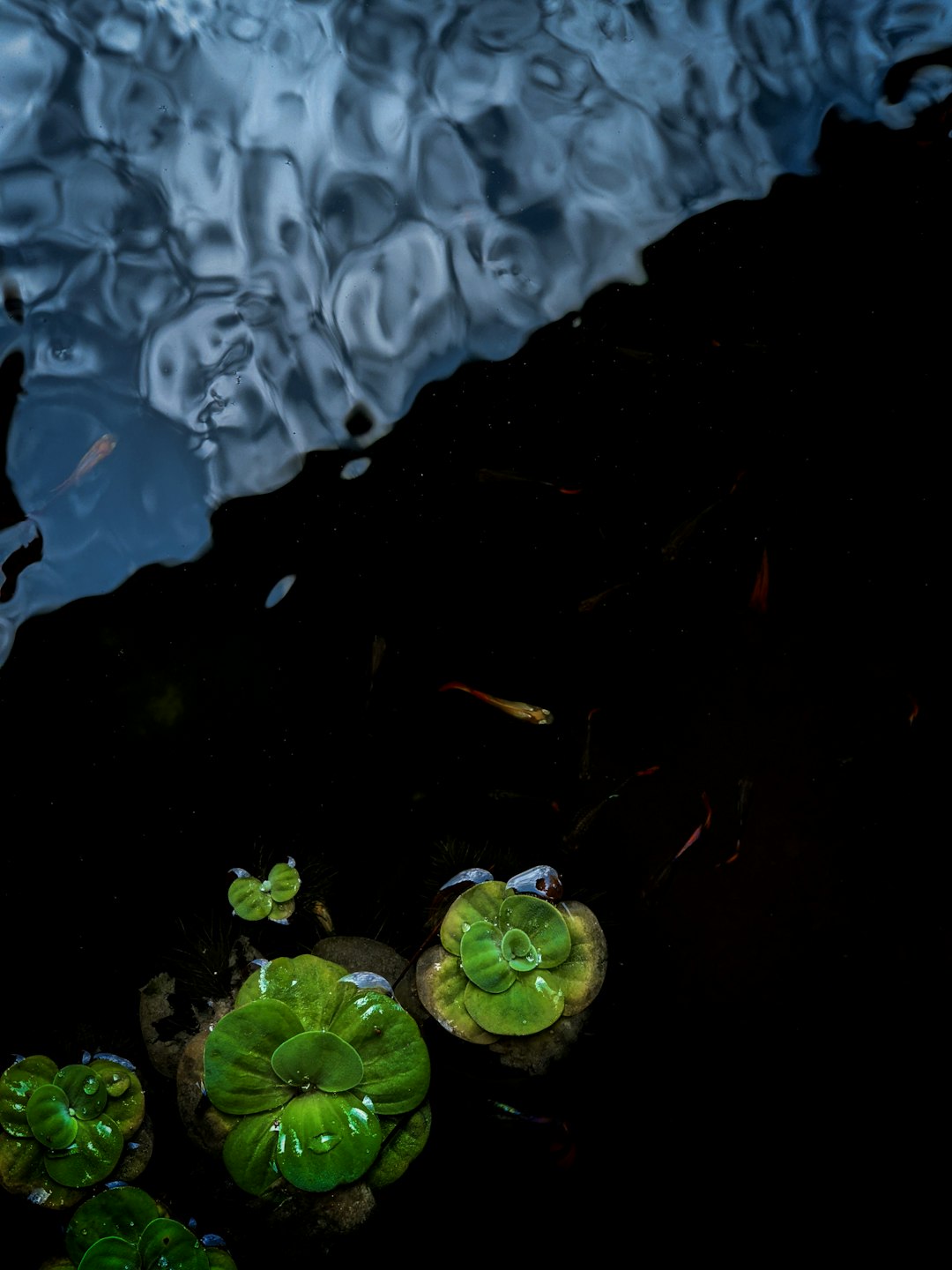
If you want a standout fish, consider a centerpiece like a gourami or angelfish, partnered with accent fish such as a few platys or a pair of dwarf cichlids.
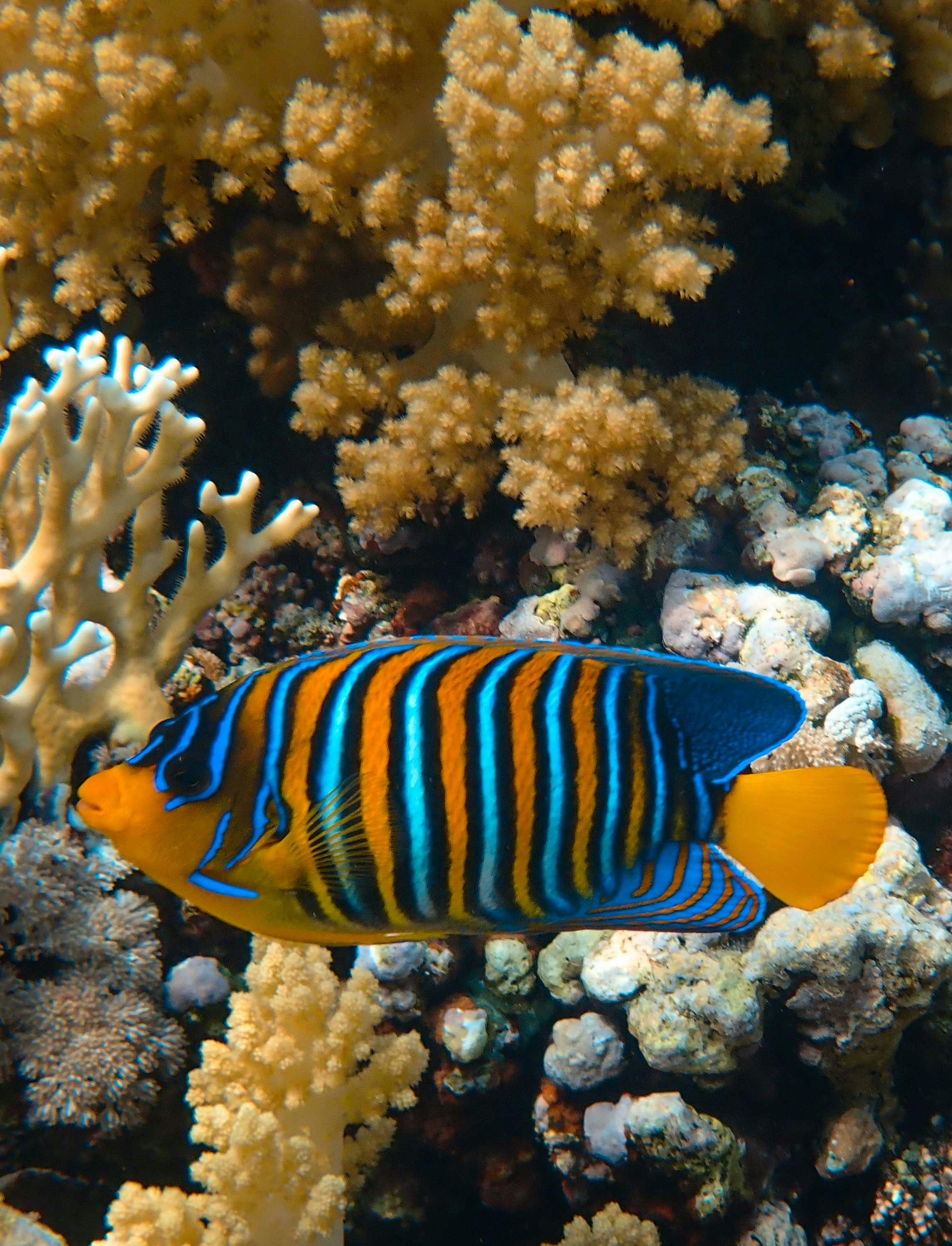
Not all fish get along, much like us humans! Avoid putting fin-nippers with slower-moving, long-finned species. Also, the stocking rule of thumb says no fish should be more than double the size of your smallest residents.
From temperatures to tank tidiness, here are the essentials for happy fish:

Creating a beautiful underwater world isn’t just about following guidelines—it's an art! Each tweak in your setup could lead to a more delightful and lively aquatic community. What are your favorite tank tips or fish combos? Share your experiences in the comments—after all, every fish counts in this communal journey! Be sure to check out our recent articles for more aquarium inspiration and tips.
| Fish Type | Quantity | Temperature |
|---|---|---|
| Guppies | 10-12 | 74-82°F |
| Mollies | 4-6 | 72-78°F |
| Rainbowfish | 3-5 | 74-80°F |
As a general guideline, you can have approximately 45 inches of fish in a 30-gallon tank. For example, this could mean 45 fish that are 1 inch long each or 30 fish that are 1.5 inches long each. Be sure to account for the size of fish as they grow to avoid overcrowding.
Small-to-medium freshwater species like tetras, guppies, mollies, and platies are ideal for a 30-gallon tank. For peaceful community tanks, consider adding corydoras or dwarf gouramis. Make sure to research each fish’s care needs and compatibility with others.
Take into account the adult size of each fish, their temperament, and compatibility with other species. Also, make sure to consider the aquarium's filtration capacity, swimming space, and water quality in order to maintain a healthy environment for your fish.
To estimate appropriate stocking levels, use the "1 inch of fish per gallon" rule. For example, if you plan to keep 2-inch fish, you could house around 15 of them. However, consider the specific needs of each fish and adjust accordingly for their size and bioload.
Yes, but ensure the species are compatible in terms of size, temperament, and water parameter requirements. Research each fish's behavior to avoid aggression or stress, and aim to create a balanced and harmonious community tank.
As you embark on your fish-keeping adventure with your new 30-gallon tank, remember that the magic lies in creating a space where each fish feels at home. Sharing this journey with a community makes it even more rewarding, so why not dive deeper? Follow us on Instagram to soak up stunning aquatic inspiration, or join our lively discussions on Facebook. Looking for tips and tank ideas? Swim over to our Pinterest page and you’ll find plenty of creative setups. And don’t forget to chirp in with your thoughts on X (formerly Twitter) as we dive into all things fishy. We're excited to see the aquascapes you create and can't wait for you to share your experiences with us! 🌊🐠
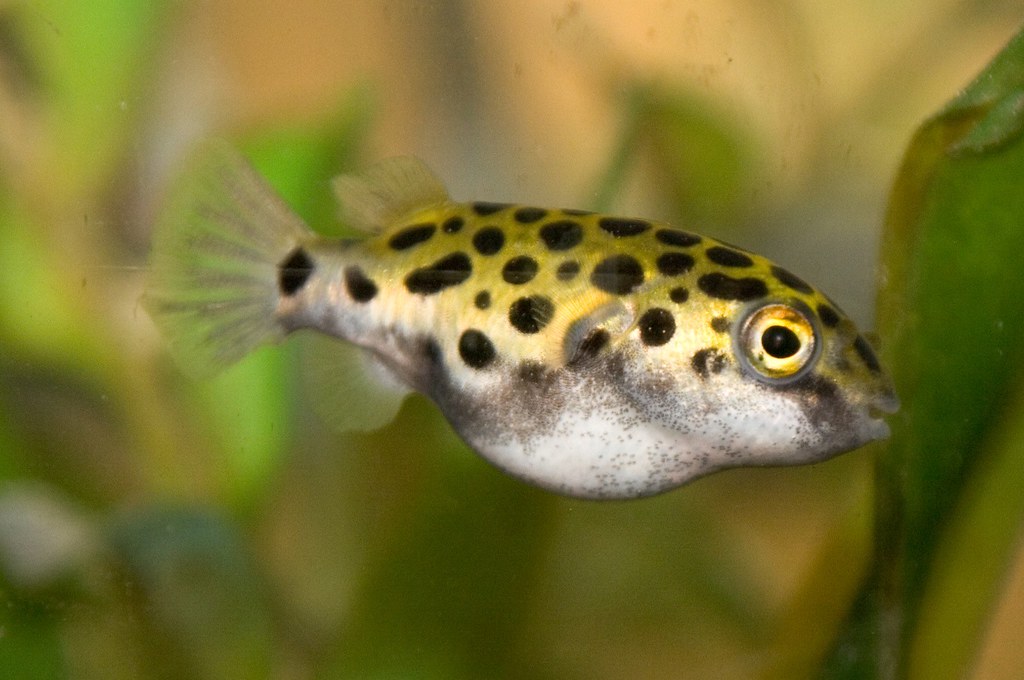
Have you ever considered adding a little bit of the exotic to your indoor aquarium? The full-size Green Spotted Puffer (Dichotomyctere nigroviridis) might just tickle your fancy. Known for their vibrant green bodies dotted with black spots, these fish aren't just a pretty face; they pack a whole lot of personality and complexity tightly wrapped in those spots.
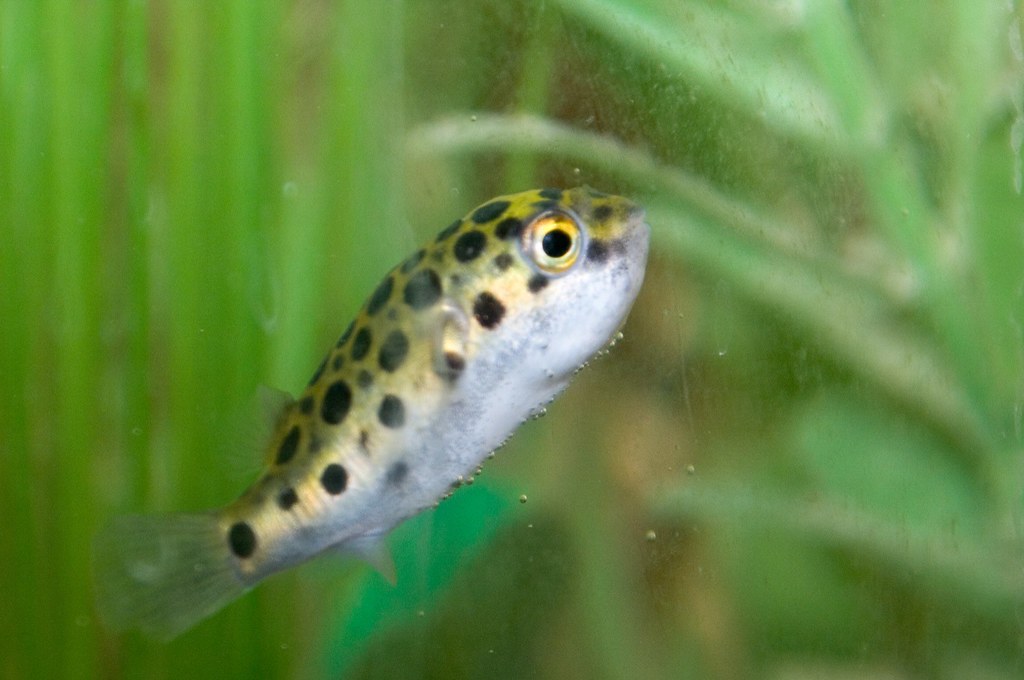
Creating the right environment for a Green Spotted Puffer is crucial. As juveniles, they thrive in freshwater, but as they mature, a transition to brackish water—or even full marine conditions—is necessary for their health and longevity. This involves increasing aquarium salinity gradually. Why is this important? Rapid changes can stress your puffer, leading to health issues, so patience and precision are key. A minimum of a 55-gallon tank is recommended as it gives them ample room to grow and swim.
To understand their native habitat and diet better, check out this detailed species fact sheet on Dichotomyctere nigroviridis.
Setting up the correct brackish environment is essential—if you're looking for some practical guidance, explore this guide on tank setup for Green Spotted Puffers.
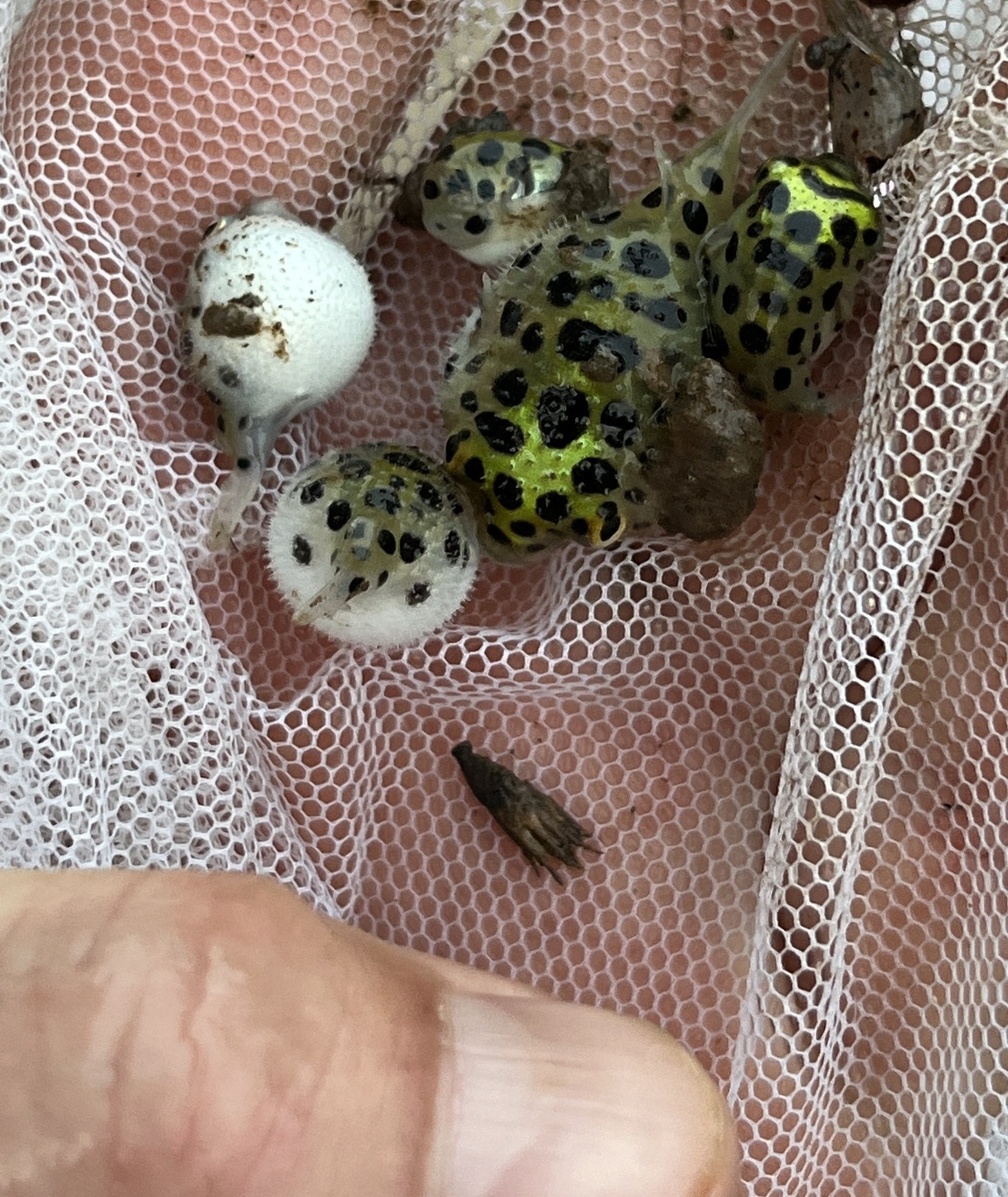
To maintain optimal salinity, a high-quality salt mix like the Seachem Brackish Salt can make routine adjustments easier and more accurate.
Here’s a quick look at their preferred water conditions:
| Metric | Recommended Range |
|---|---|
| Temperature | 74°F - 82°F |
| pH Level | 8.0 - 8.1 |
| Specific Gravity | 1.005 - 1.026 |

Feeding time is a spectacle with these puffers. Being omnivores, they appreciate a varied diet that includes snails, frozen brine shrimp, and even ghost shrimp. These are not just a treat but a necessity to help grind down their teeth that grow continuously.
For a strong nutritional base, a product like Hikari Bio-Pure Freeze-Dried Spirulina can be a great option to round out their menu.

A word of caution: Green Spotted Puffers are known for having a feisty personality. They’re best kept alone or with other robust fish that can handle a bit of brackish water drama. Think Monos or Scats, but keep away floaty, small, or slow movers. Remember, a harmonious tank is a happy tank.
Make sure to add plenty of structures and zones in your tank—items like the Aquatic Creations Floating Rock help create a stimulating environment your puffer will love to patrol.
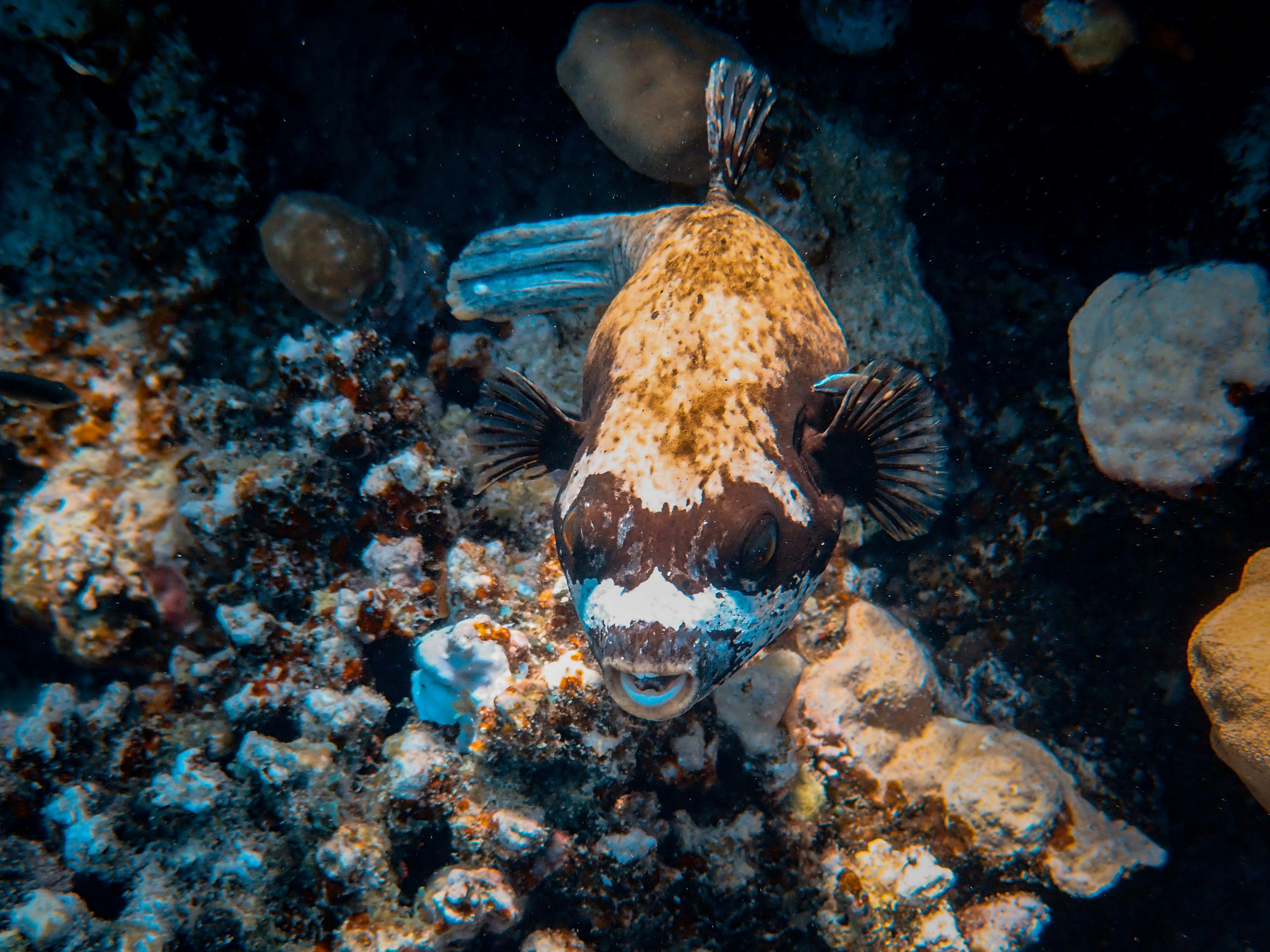
Routine health checks and proper setup aren't just for show—they're lifesavers. These puffers are susceptible to Marine Velvet, Ich, and other diseases if poorly cared for. A well-managed quarantine process of 3-4 weeks can prevent introducing diseases into an already established tank.
Maintaining steady temperature is vital—consider using a dependable heater like the FREESEA Aquarium Heater to avoid harmful fluctuations.

Interestingly, these puffers have the world's smallest known vertebrate genome, making them a darling of genetics researchers. If you're curious about how experts are working to breed these intelligent fish in captivity, take a look at research from UF on breeding Green Spotted Puffers in captivity. These advancements not only support the pet trade but also contribute to conservation and genetics studies.
Are you fascinated by the idea of sharing your home with this remarkable fish? Share your thoughts or experiences in the comments below! Have a puffer tale to tell or a query to resolve? Join the discussion and connect with fellow puffer enthusiasts.
Green spotted puffers can grow up to a maximum size of approximately 17cm (6.7 inches) under optimal conditions. They require spacious environments, typically at least 30 gallons per puffer, to accommodate their growth and natural activity levels.
Green spotted puffers thrive in brackish water with hard, alkaline conditions. The ideal water parameters are a pH of 7.2-8.2 and hardness ranging between 12-25 dGH. Maintaining these parameters helps ensure their health and longevity.
Yes, green spotted puffers are generally aggressive and should not be kept in a community tank. They are best housed alone or with carefully chosen brackish water tankmates that can tolerate their territorial behavior.
Green spotted puffers are omnivorous and prefer a varied diet consisting of high-protein foods. They enjoy live and frozen foods like bloodworms, brine shrimp, and snails, which also help keep their teeth trimmed.
Generally, green spotted puffers are not ideal for community tanks due to their aggressive nature. If tankmates are necessary, choose robust species that can survive in brackish water and withstand occasional territorial disputes.
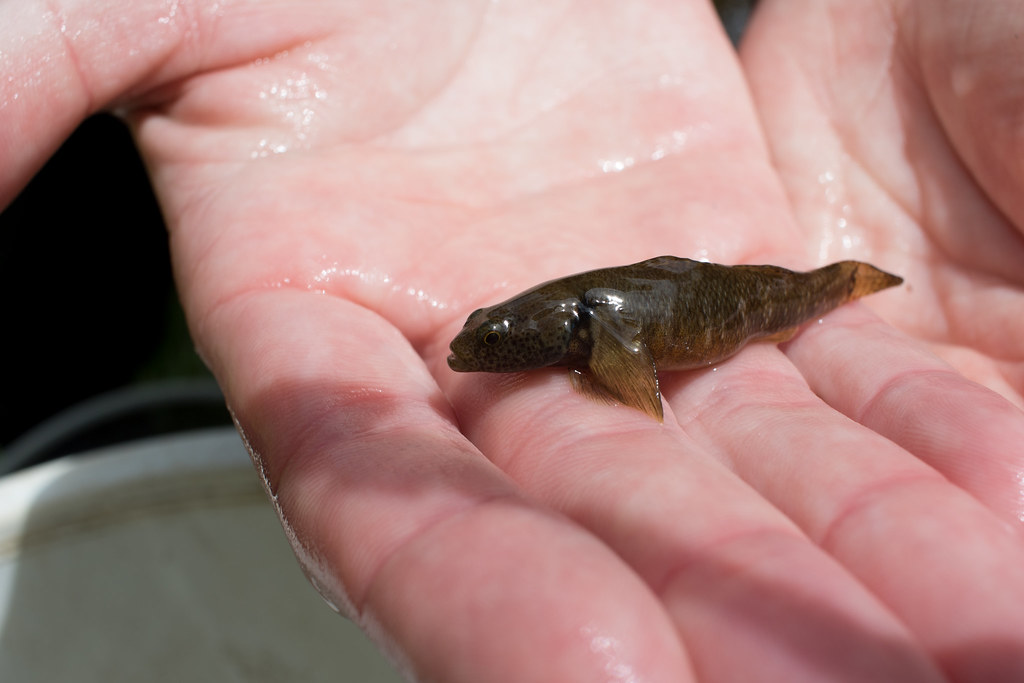
When one fish in your tank turns into a bully, it's not just a small neighborhood squabble—it can lead to some serious health issues for the target. Imagine watching a fish in your tank being bullied so relentlessly that it passes out from stress. Unfortunately, that's a reality some fish owners face, and the best solution starts with understanding why.
Fish bullying is a complex behavior often linked to several factors, starting with territorial instincts. Many fish, such as the green tiger barb, become fiercely territorial, especially during mating seasons or when guarding their young. Just like humans valuing personal space, fish do too, with overcrowded tanks being common stressors. Think of the tank as a bustling city with limited apartments—sometimes there's just not enough room.
Beyond space issues, food competition can spur aggressive behavior. A fish that feels shortchanged at mealtime might start asserting dominance over the food supply. Not to forget, some fish simply have more aggressive personalities than others—small but fiery, like a Dwarf Gourami ready to rumble during breeding. If you’re observing increased aggression in species like black skirt tetras, it may be helpful to refer to this guide on Black Skirt Tetra aggressive behavior for practical solutions.
Recognizing signs of bullying is the first step, but what can you do about it? Here’s a handy checklist to help restore harmony in your aquatic community:
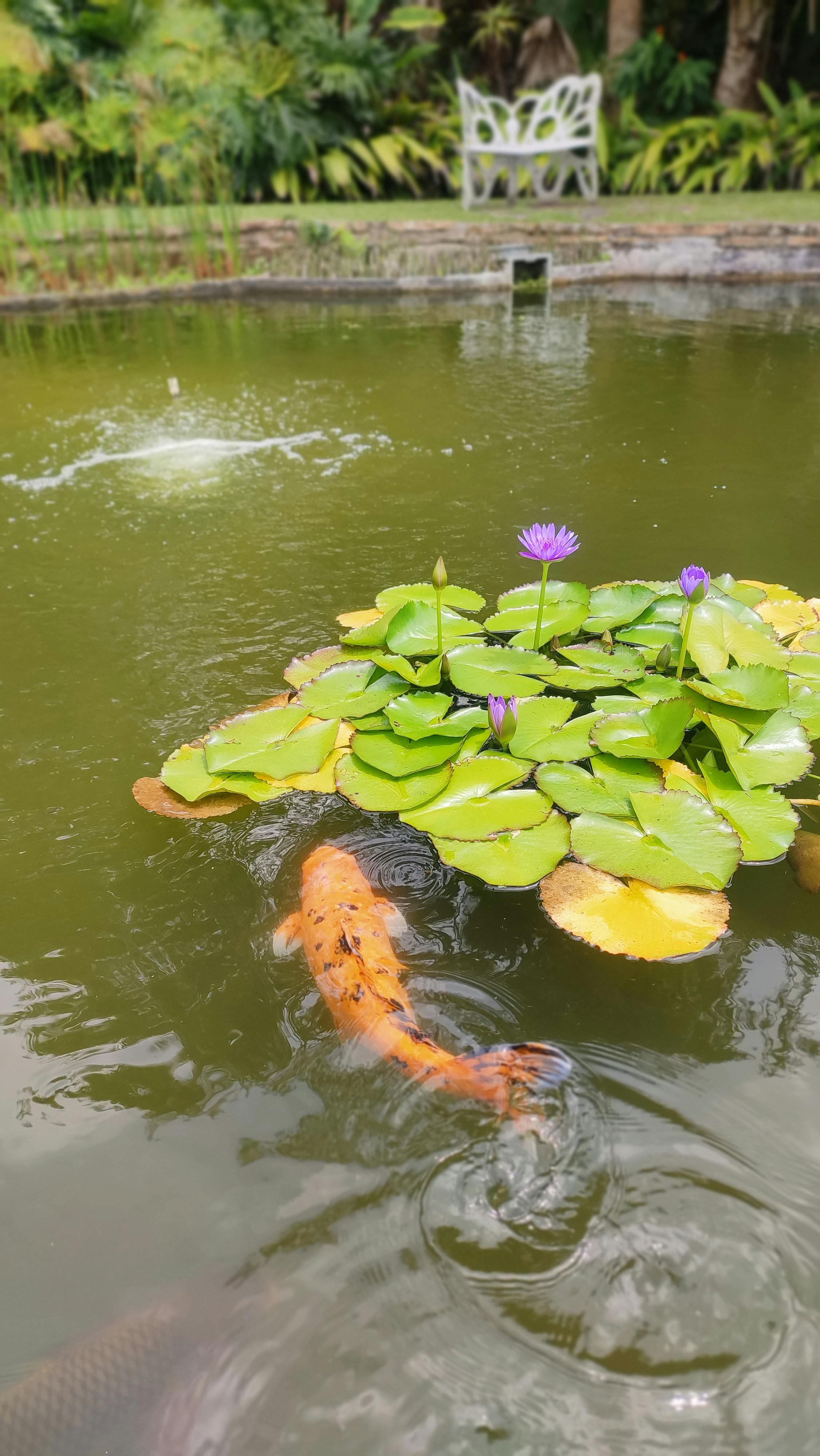
It's essential to monitor all fish for stress signs, like hiding or unusual passivity. If aggressive interactions spike or result in physical harm, removing the bully might be necessary. For example, injuries due to fin nipping need urgent care; learn more about whether fish fins grow back after nipping from this expert guide.
| Element | Impact | Solution |
|---|---|---|
| Territorial Instincts | Increased Aggression | Increase Space |
| Food Competition | Frequent Quarrels | Ensure Equal Feeding |
| Aggressive Personalities | Consistent Bullying | Separate if Needed |
Addressing fish bullying isn't just about maintaining a tranquil tank; it's about fostering a healthier, stress-free environment for all aquatic inhabitants. By implementing these strategies, hopefully, you can transform your aquarium into a peaceful underwater world. For situations involving bettas, it’s worth knowing whether you can put a male and female Betta together safely as part of your planning.
What strategies have you used to deal with aggressive fish, and have they worked? Share your experiences or advice in the comments—your insights could help other fish enthusiasts create a more harmonious home for their finned friends!
To stop a fish from bullying another fish, consider adding plants or ornaments to your aquarium. These items provide hiding spots and create distinct territories within the tank. Separating aggressive fish temporarily or adjusting the tank’s layout can also help reduce bullying behavior.
Fish often bully each other due to territorial disputes, overcrowding in the tank, or dominance hierarchies. Aggressive behavior can also stem from stress, lack of resources, or incompatible tank mates. Providing more space and proper tank environments can reduce aggression.
Signs of bullying among fish include nipping at fins, chasing, or one fish consistently hiding or staying in a corner. The bullied fish may show signs of stress, such as color changes, lack of appetite, or injuries. Observing interactions is key to identifying bullying.
Yes, peaceful fish breeds such as tetras, guppies, or mollies can reduce aggression in community tanks. Ensure you select compatible species and avoid mixing highly territorial fish with calm ones. Proper planning of tank mates is essential for a harmonious tank.
Prevent bullying by ensuring adequate tank size, providing hiding spots with plants or decorations, and maintaining a balanced fish population. Introducing fish gradually and monitoring their behavior can also prevent aggressive habits from developing.
Whether you're a seasoned aquarist or just starting your fish-keeping journey, understanding and preventing bullying in your tank can make all the difference for your finned friends. We'd love to hear your stories and see your tank setups, so why not join our community of fish enthusiasts? You can find us on Facebook where we share tips and heartwarming fish tales. Dive into more inspiration and ideas by following our Pinterest boards, or take a peek at our underwater adventures and architectural wonders on Instagram. Plus, our updates on X will keep you in the loop on the latest in fish care. Let's connect and make our aquariums the peaceful oases they were meant to be!



Given their peaceful and nocturnal nature, Clown Plecos appreciate a tank with plenty of hiding spots, which can be created with rocks and driftwood. For a comprehensive step-by-step on setting up their environment, check out this detailed care guide.
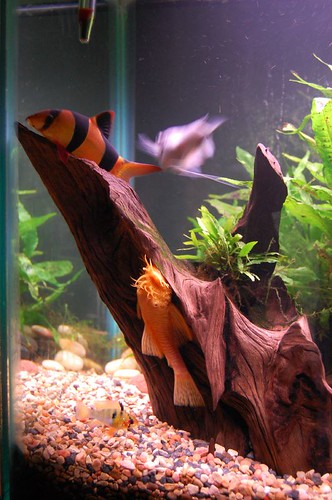
Remember, access to driftwood isn’t just for play—it’s a dietary necessity, aiding their digestion and providing trace nutrients that aren’t found in other foods. Learn more about their nutritional needs in this comprehensive resource.
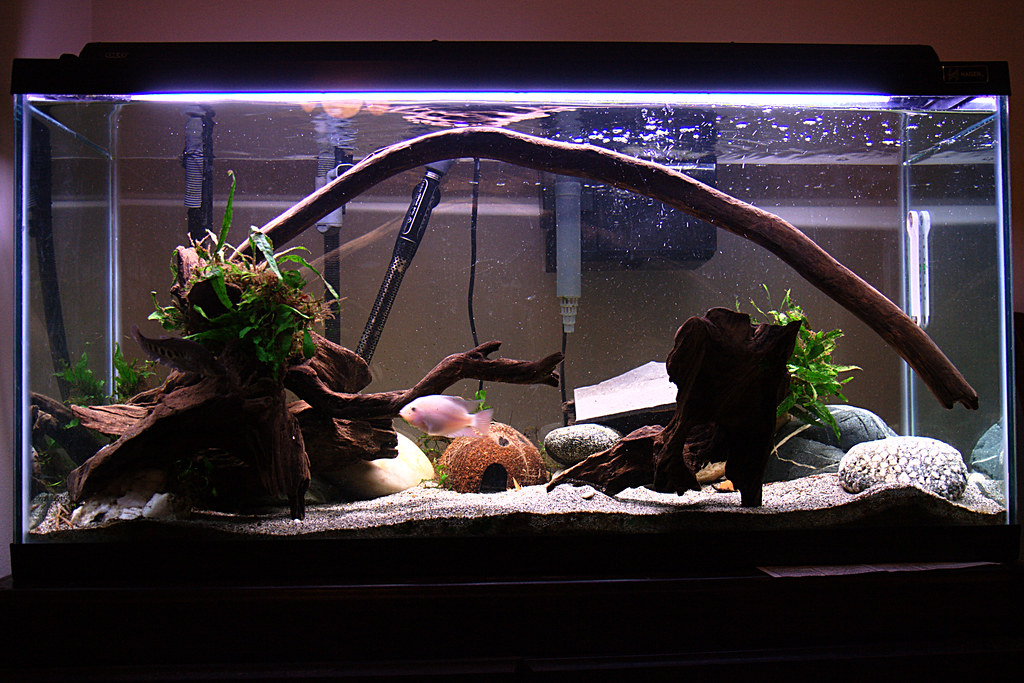
| Aspect | Ideal Condition | Importance |
|---|---|---|
| Tank Size | >40 gallons | Ensures stable water quality and ample space |
| Diet | Algae, vegetables, protein | Variety promotes health and longevity |
| Water Parameters | 72-80°F, pH 6.8-7.6 | Maintains comfort and reduces stress |
Are you considering bringing a Clown Pleco into your aquatic family? Whether you're an experienced aquarist or a beginner looking for a peaceful fish, the Clown Pleco offers both beauty and utility. Explore more expert tips to set up the perfect environment. Share your experiences or ask your questions in the comments below. We'd love to hear how you’ve set up your tank for these delightful fish!
Clown plecos typically grow to be about 3 to 4 inches long, with most averaging around 3.5 inches. This compact size makes them ideal for smaller aquariums or community tanks.
A 12-gallon tank is usually the minimum requirement for a clown pleco. However, keeping the tank clean, particularly by managing waste, is crucial for their health in smaller spaces.
Clown plecos primarily feed on algae and wood, which are essential to their diet. Additionally, they can be supplemented with sinking pellets, zucchini slices, and other plant-based foods.
Clown plecos are generally peaceful fish, making them suitable for community aquariums. However, they may display slight aggression toward other clown plecos if space is limited.
Clown plecos require a well-maintained tank with plenty of hiding spots and driftwood for them to graze on. Regular water changes and a diet of algae, wood, and plant-based foods will keep them healthy.
As we wrap up our exploration of the mesmerizing world of Clown Plecos, I hope you feel inspired to invite one of these lively little characters into your aquatic family. They may be small, but Clown Plecos certainly make a splash in any aquarium setting. If you’re as hooked on these aquatic gems as we are, I'd love for you to dive deeper into the realm of exotic fish and plants with us. For more fin-tastic inspiration, why not swim over to our latest board on Pinterest? Or, you can catch glimpses of our scaly friends over on Instagram. For quick updates and fishy fun facts, follow along on X and join our colorful community discussions on Facebook. We can’t wait to embark on more underwater adventures with you, so don't be a stranger!
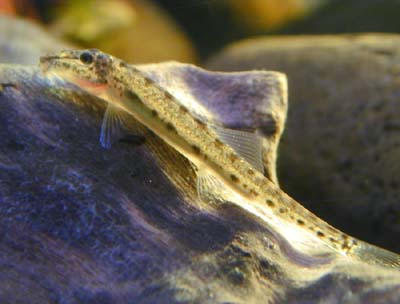
Is your aquarium looking a bit too green for comfort? You might want to consider enlisting the help of loaches, nature’s little custodians. Let's dive into the world of loaches, specifically the Reticulated Hillstream Loach, and discover how they can help manage algae growth in your aquarium.
Reticulated Hillstream Loaches, known scientifically as Sewellia lineolata, are like tiny underwater vacuums. These captivating fish, with their flattened bodies that resemble miniature stingrays, have a unique ability to cling to smooth surfaces. This makes them experts at scraping algae off tank walls, rocks, and even plant leaves—ideal for dealing with brown algae, green spot algae, and those pesky diatoms that plague aquariums.
Native to the fast-flowing streams of Vietnam, Laos, and Cambodia, these loaches thrive in well-oxygenated tanks with strong currents that mimic their natural habitat. If you have an aquarium with a capacity of at least 70 liters, and you're able to simulate their preferred environment with a wave pump and lower water temperatures, these fish will make excellent algae-eating companions.
To better understand their behavior and environmental needs, a deeper dive into the broader loach family is helpful. It provides valuable context about their natural habitats and why they’re so effective at cleaning algae.
While Hillstream Loaches are great at munching on algae, they can't live on algae alone. In the wild, their diet includes small aquatic crustaceans. To ensure their health in captivity, supplement their algae diet with high-quality alternatives like Repashy gel food, sinking wafers, and small portions of frozen spirulina brine shrimp. Blanched vegetables are also a nutritious addition to their meals.
Here’s a simple breakdown of the diet needs for these loaches:
| Diet Component | In the Wild | In Aquarium |
|---|---|---|
| Primary Food | Aquatic Crustaceans, Algae | Algae, Repashy Gel Food |
| Supplementary Food | N/A | Sinking Wafers, Spirulina Brine Shrimp |
| Occasional Treats | N/A | Blanched Vegetables |

Interested in breeding Hillstream Loaches? It's important to provide them with plenty of hiding spots and a well-maintained tank rich in food sources. Females, identifiable by their plumper shape, along with their male counterparts, can become territorial. To balance aggression, it's recommended to either keep them singly or in groups of four to six.
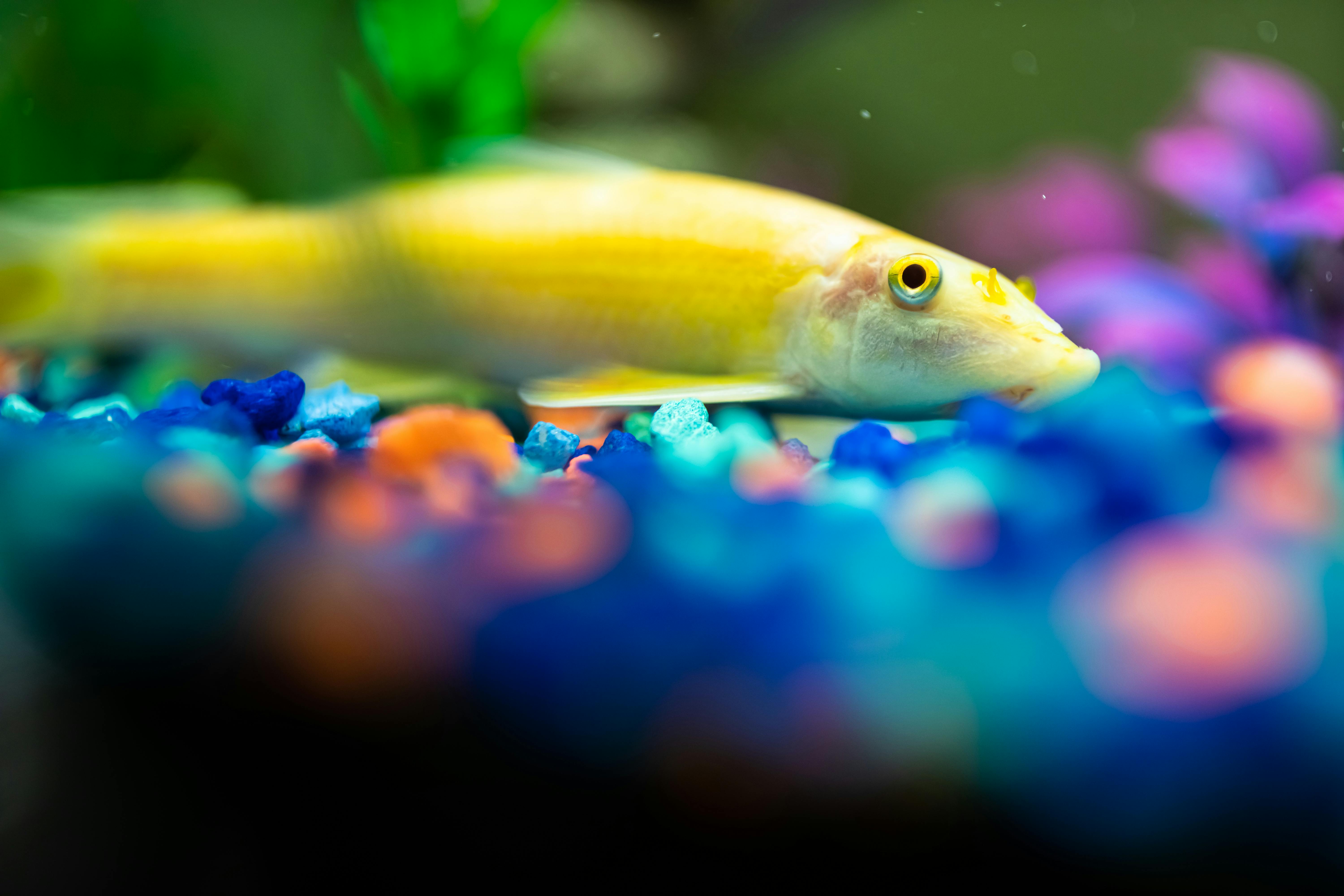
Beyond aquariums, loaches like Pond and Weather Loaches play a slightly different role in pond environments. They can help control algae but are less effective than their aquarium counterparts. If you're managing a pond, combining them with other algae-eating fish like the Siamese Algae Eater could yield better results.
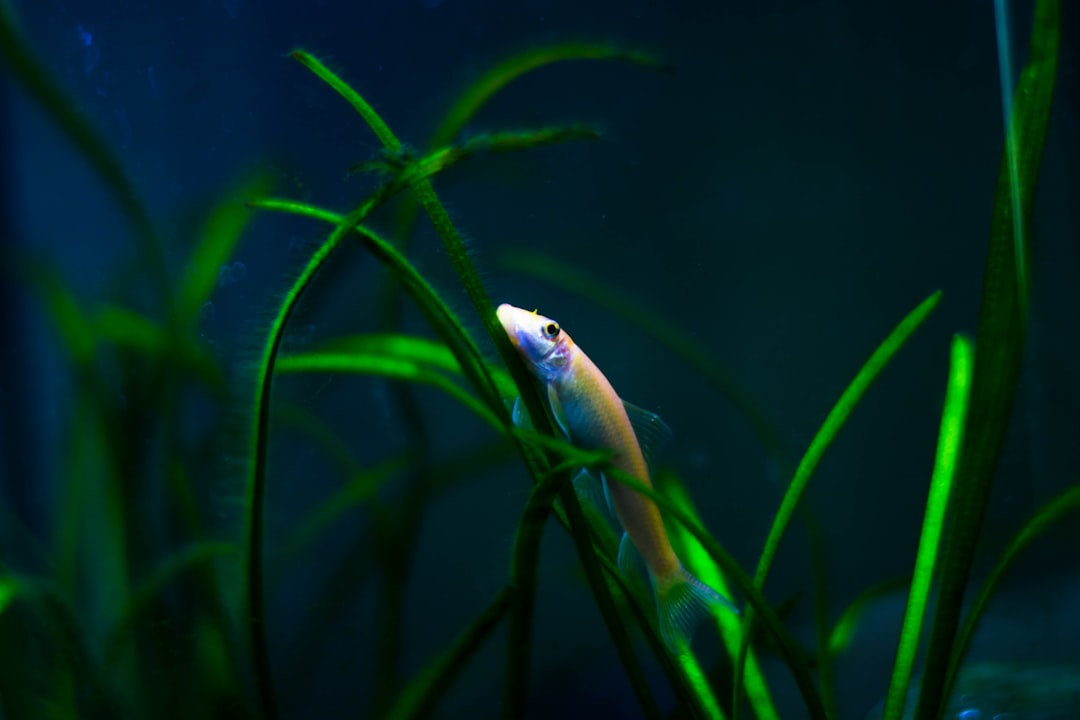
With their ability to maintain cleanliness, Hillstream Loaches aren't just a functional addition to your aquarium—they're a conversation starter too. If you've got a loach tale or tips on algae management, feel free to share with our community of fellow fish enthusiasts. Your insights could be just what someone else needs to clear up their aquatic view!
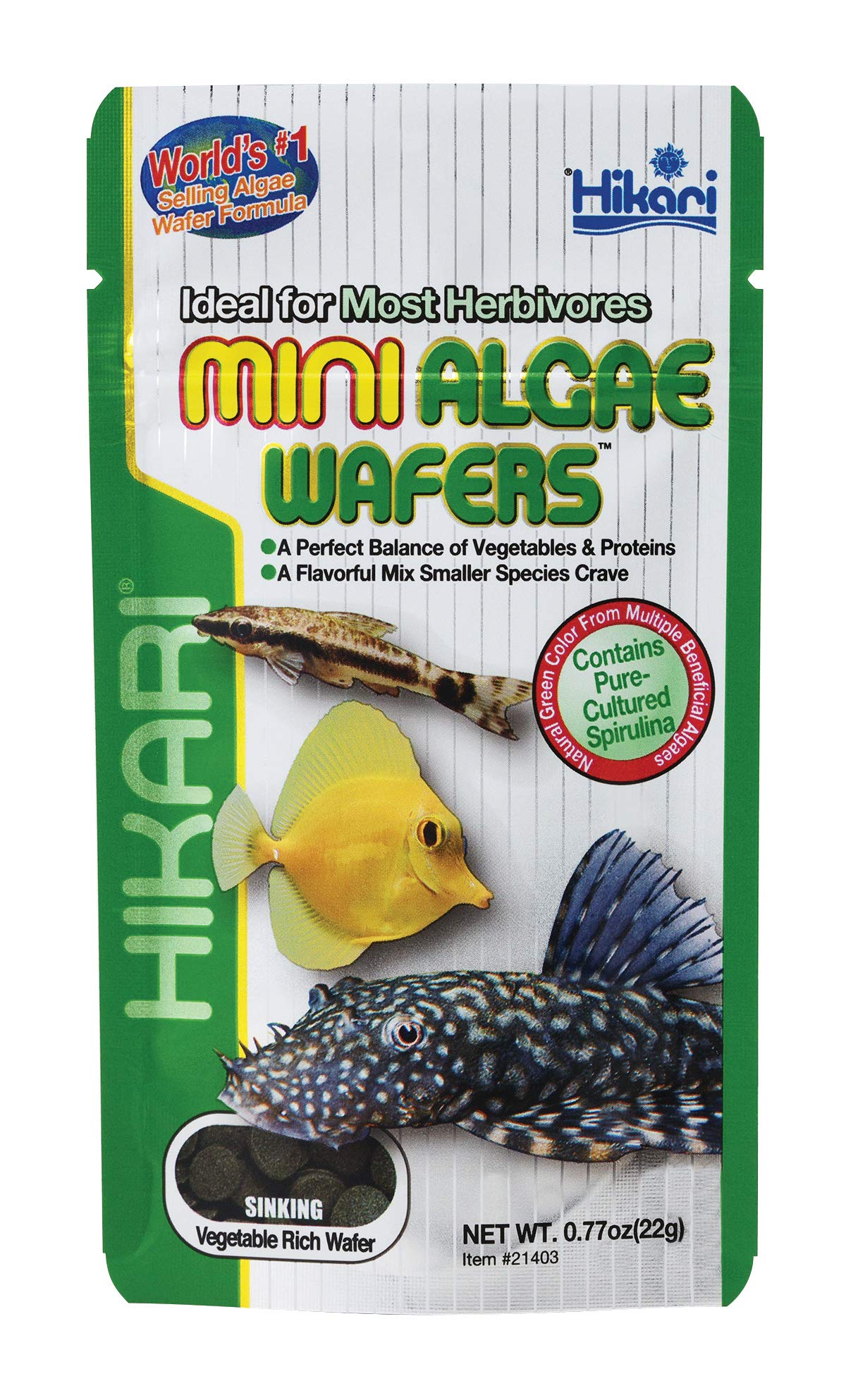
Hikari Mini Algae Wafers provide an ideal diet for herbivorous fish. Crafted with a perfect balance of vegetables and proteins, these sinking wafers are rich in pure-cultured spirulina, making them nutritious and appealing. Designed to satisfy the cravings of smaller species, they're a must-have for any aquatic enthusiast seeking vibrant and healthy fish. Treat your underwater friends to the world's #1 selling algae wafer formula today!
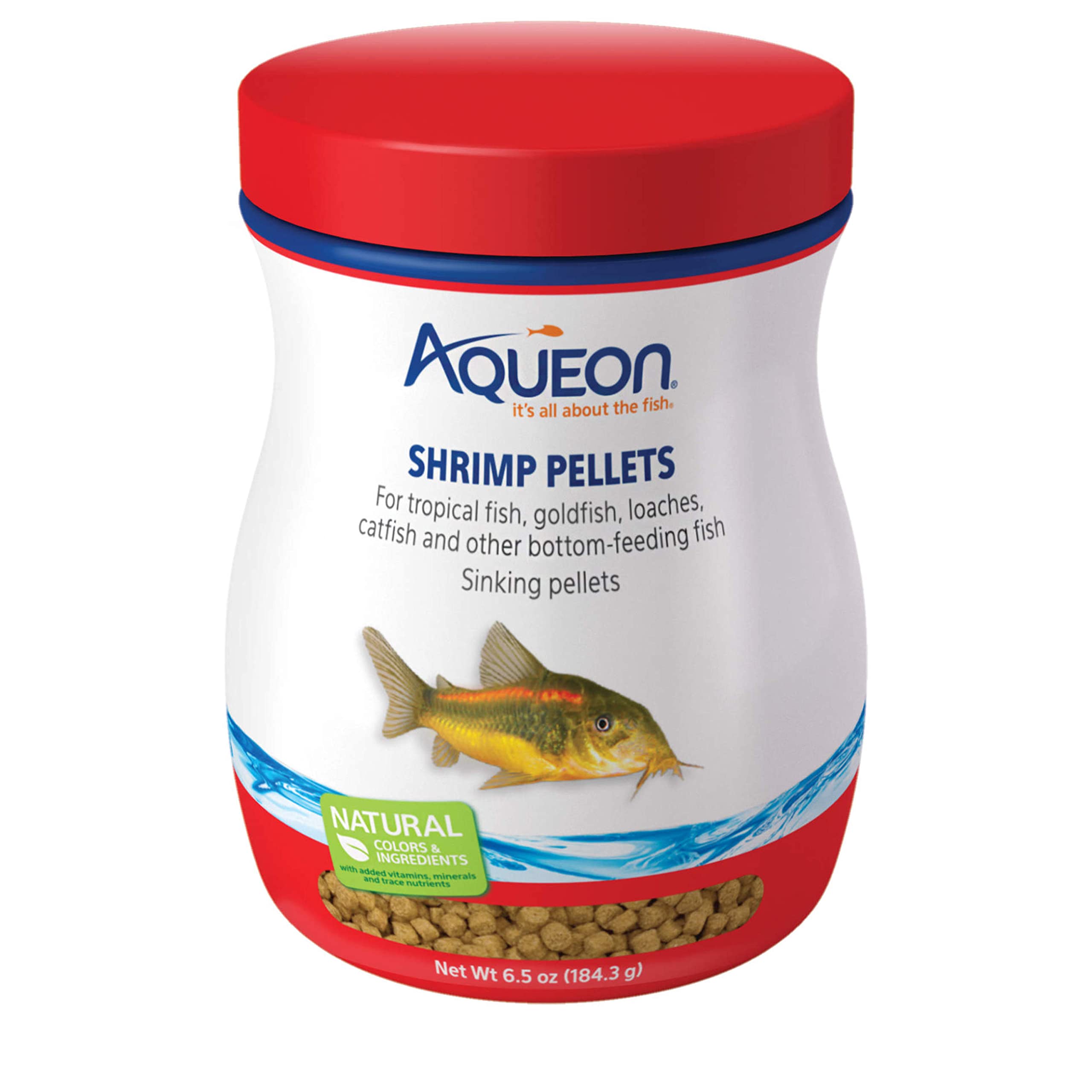
Elevate your aquarium care with Aqueon Shrimp Pellets, specially formulated for tropical fish, goldfish, loaches, and catfish. These sinking pellets provide balanced nutrition with natural colors and ingredients, plus added vitamins and minerals. Perfect for bottom-feeding fish, they promote healthy growth and vibrant colors. Treat your underwater friends to a nutritious meal they'll love!
Yes, many species of loaches, such as hillstream loaches, are known to eat algae. They have specially adapted mouths that make them effective at cleaning algae from flat surfaces like glass and plants in an aquarium.
Loaches thrive on a varied diet that includes dry flakes, sinking wafers, and pellets. They also enjoy frozen or live meaty food such as bloodworms and brine shrimp. Adding vegetable matter or algae can provide additional nutrition.
Loaches help control algae by feeding on it, especially certain types like diatom algae that grow on flat surfaces. They are natural cleaners in aquariums and can reduce the need for manual algae removal.
Besides loaches, you can add species like Otocinclus catfish, Amano shrimp, and certain plecos for effective algae control. These species are excellent at cleaning various types of algae in aquariums.
Yes, you can reduce algae growth by controlling light exposure, minimizing nutrient buildup, and performing regular water changes. Using natural algae-eaters like loaches is an effective complementary method.
Incorporating loaches into your aquarium not only keeps your tank clean but also adds a touch of nature’s magic. If you're fascinated by these delightful creatures and want to explore more about aquarium care, why not join our community on Facebook? We love sharing tips and stories about aquatic life! For a visual journey through unique aquascapes, check out our Instagram feed. Feeling inspired? Dive into more ideas on our Pinterest boards. And don't forget to follow us on X (formerly Twitter) for the latest updates and lively chats with fellow aquarium enthusiasts. Let's connect and dive deeper into the enchanting world of loaches together!